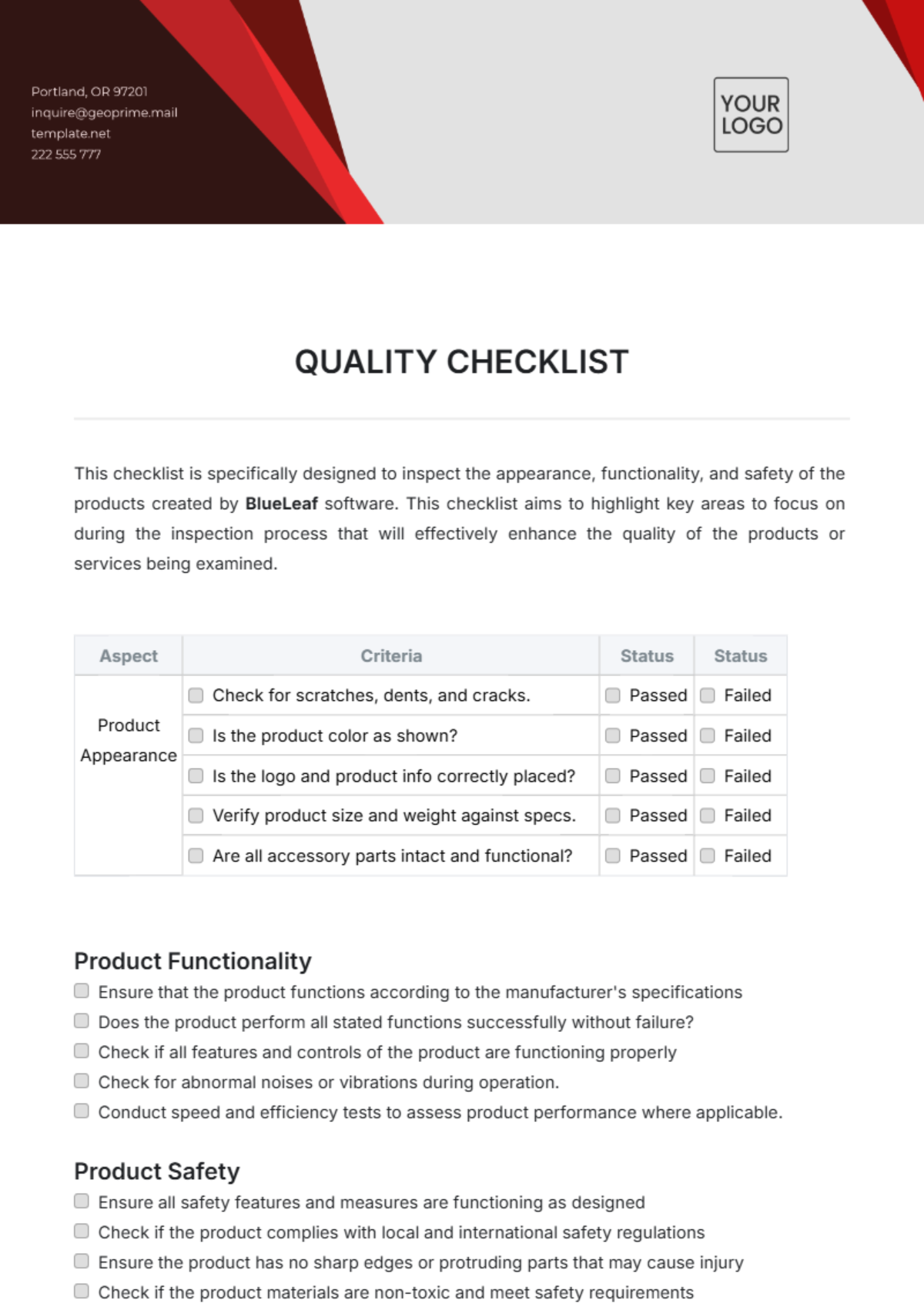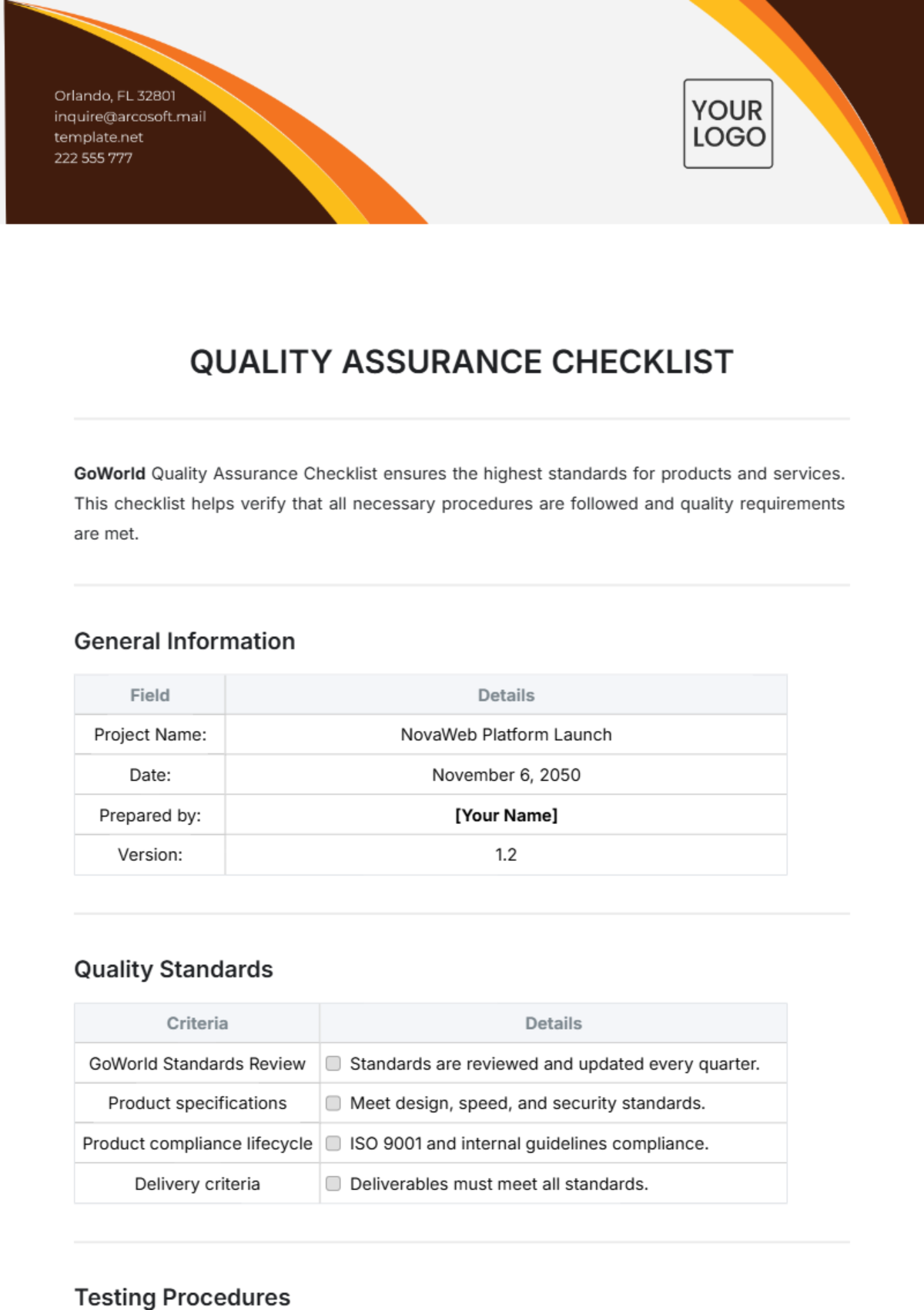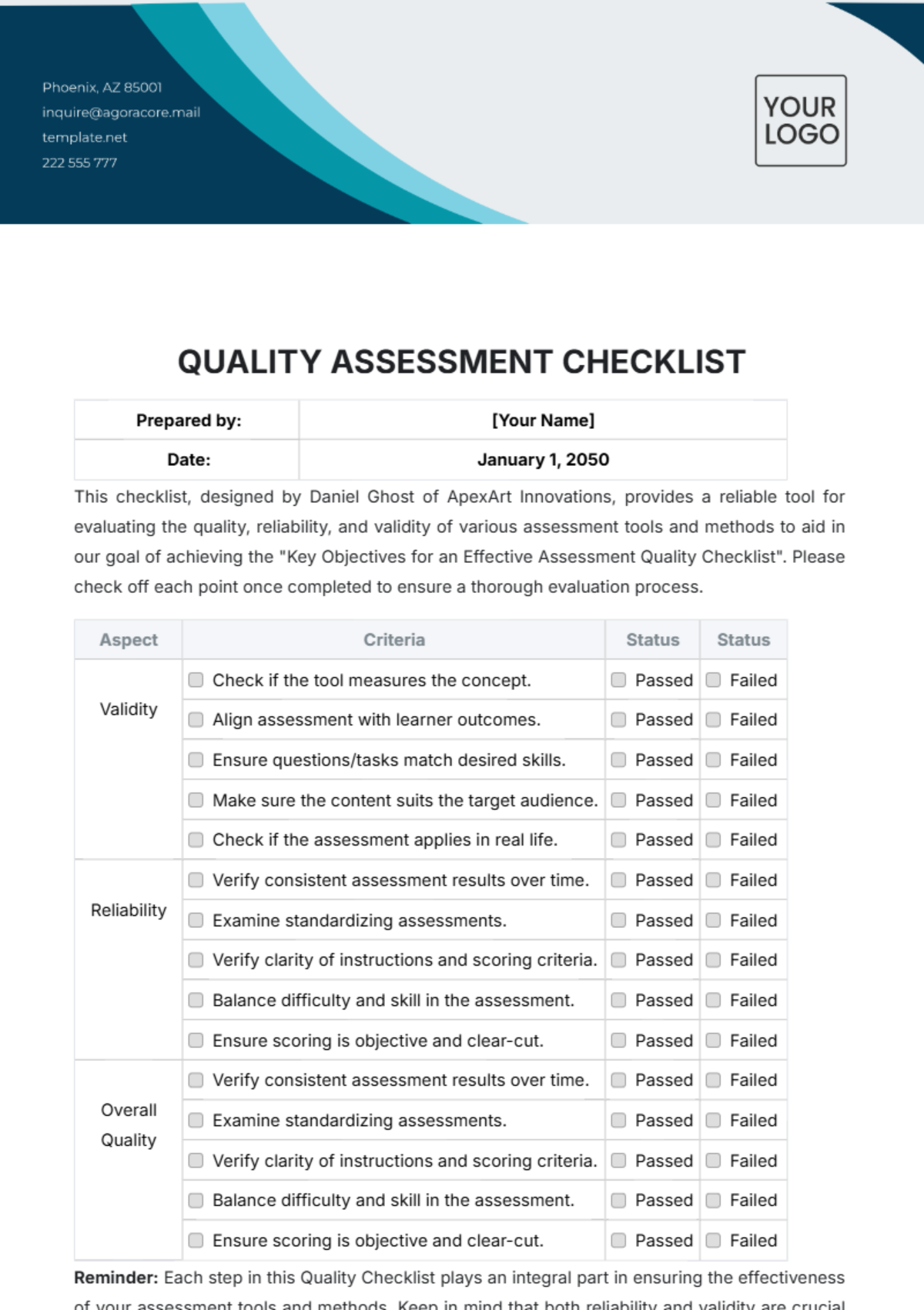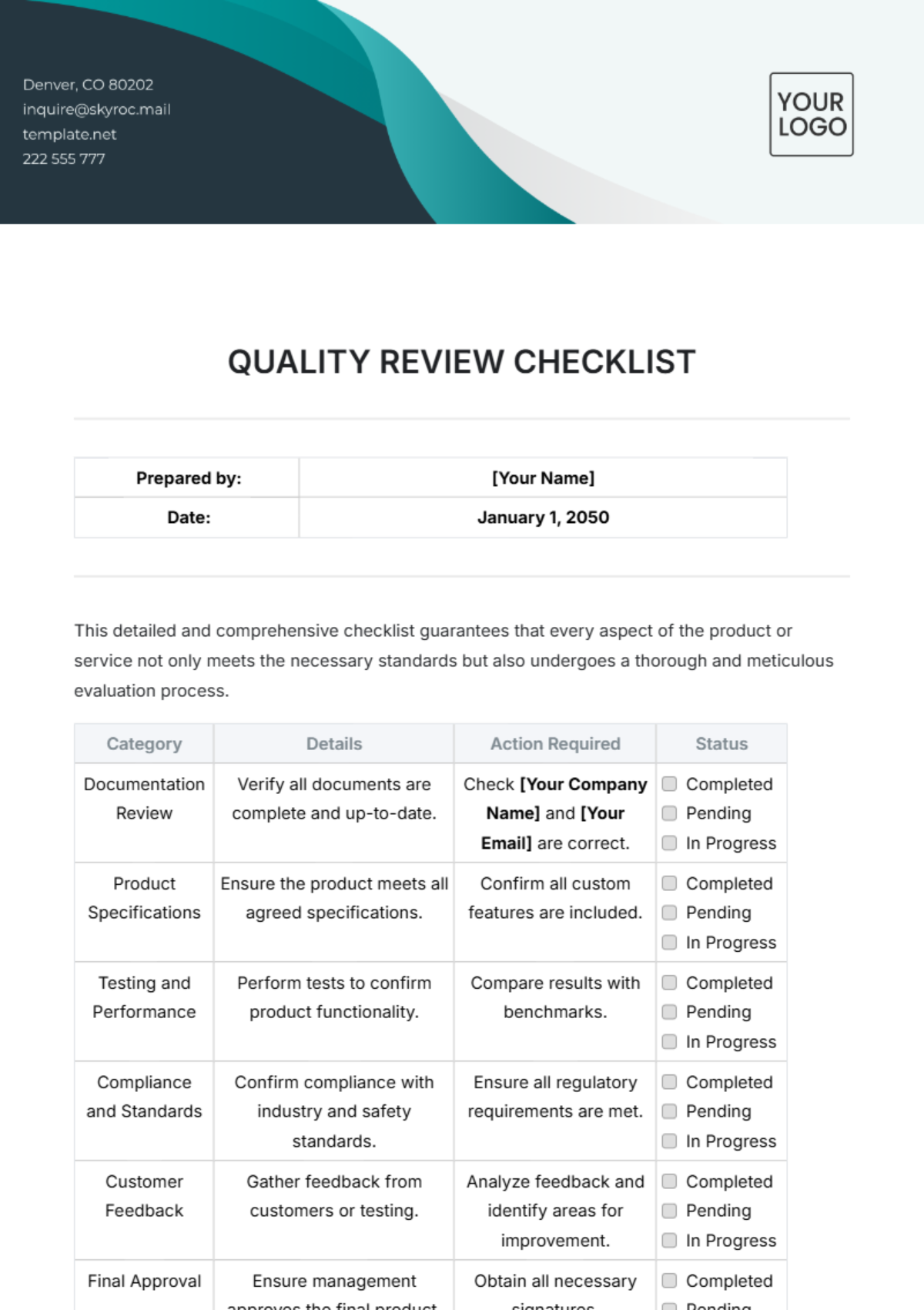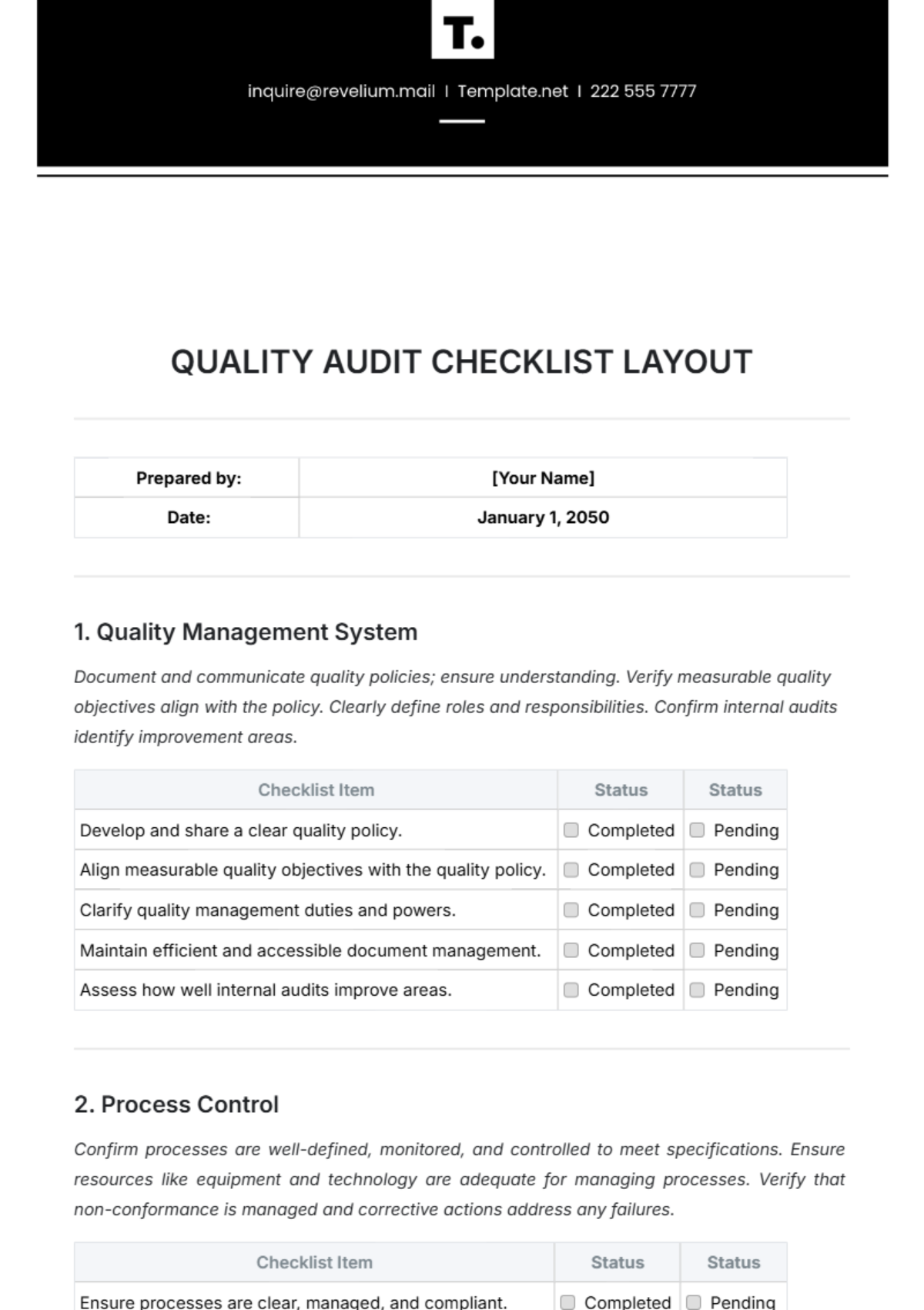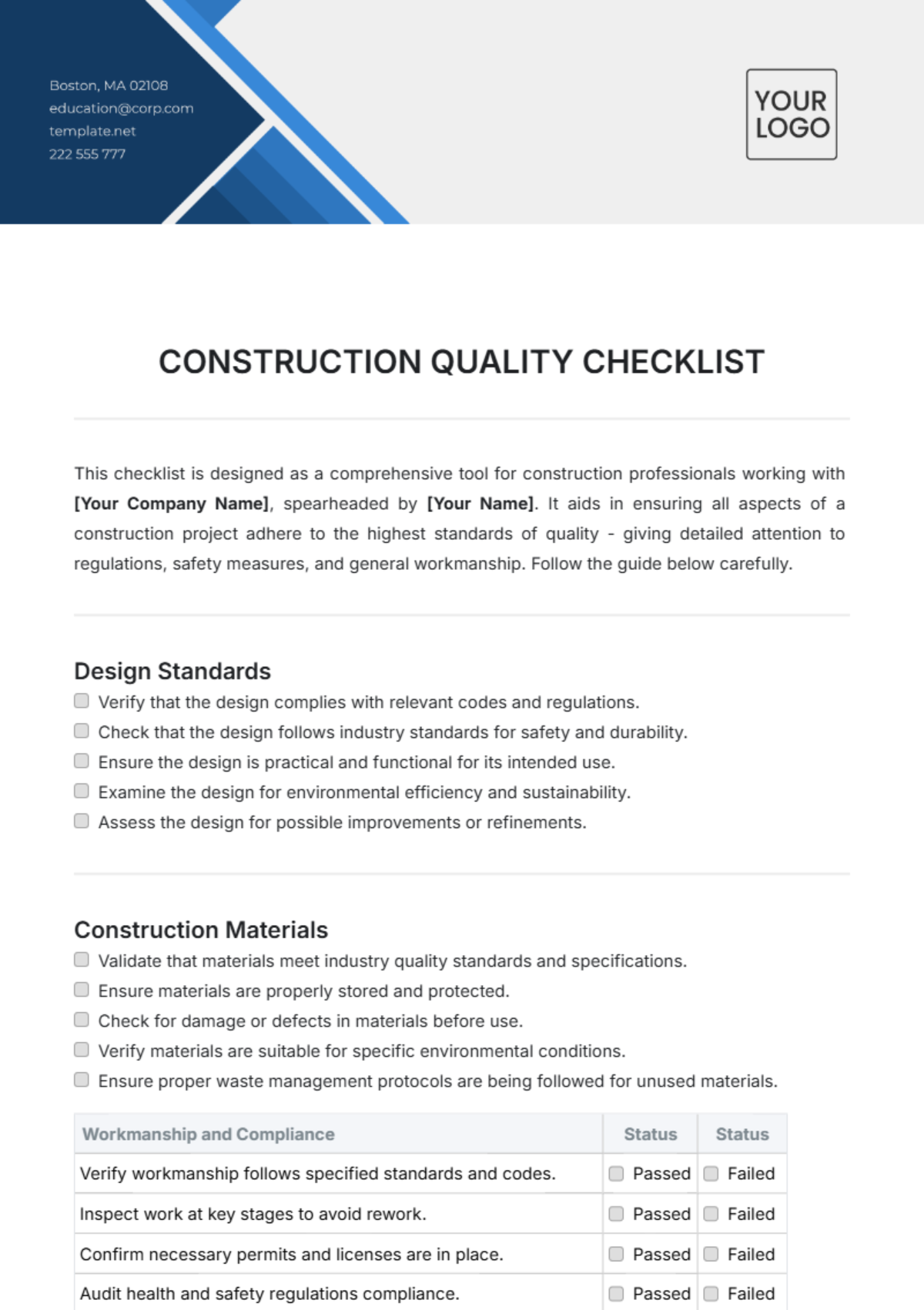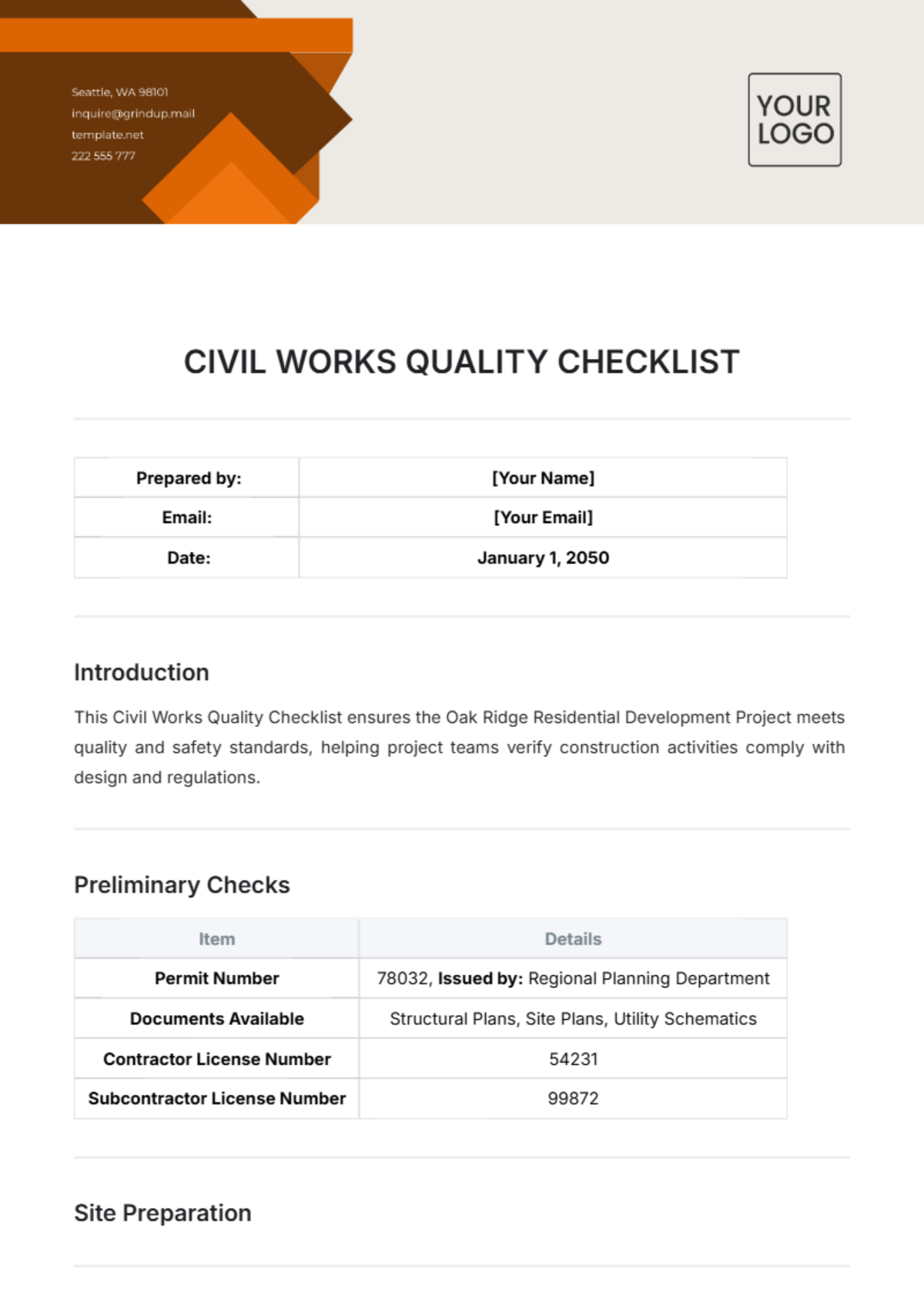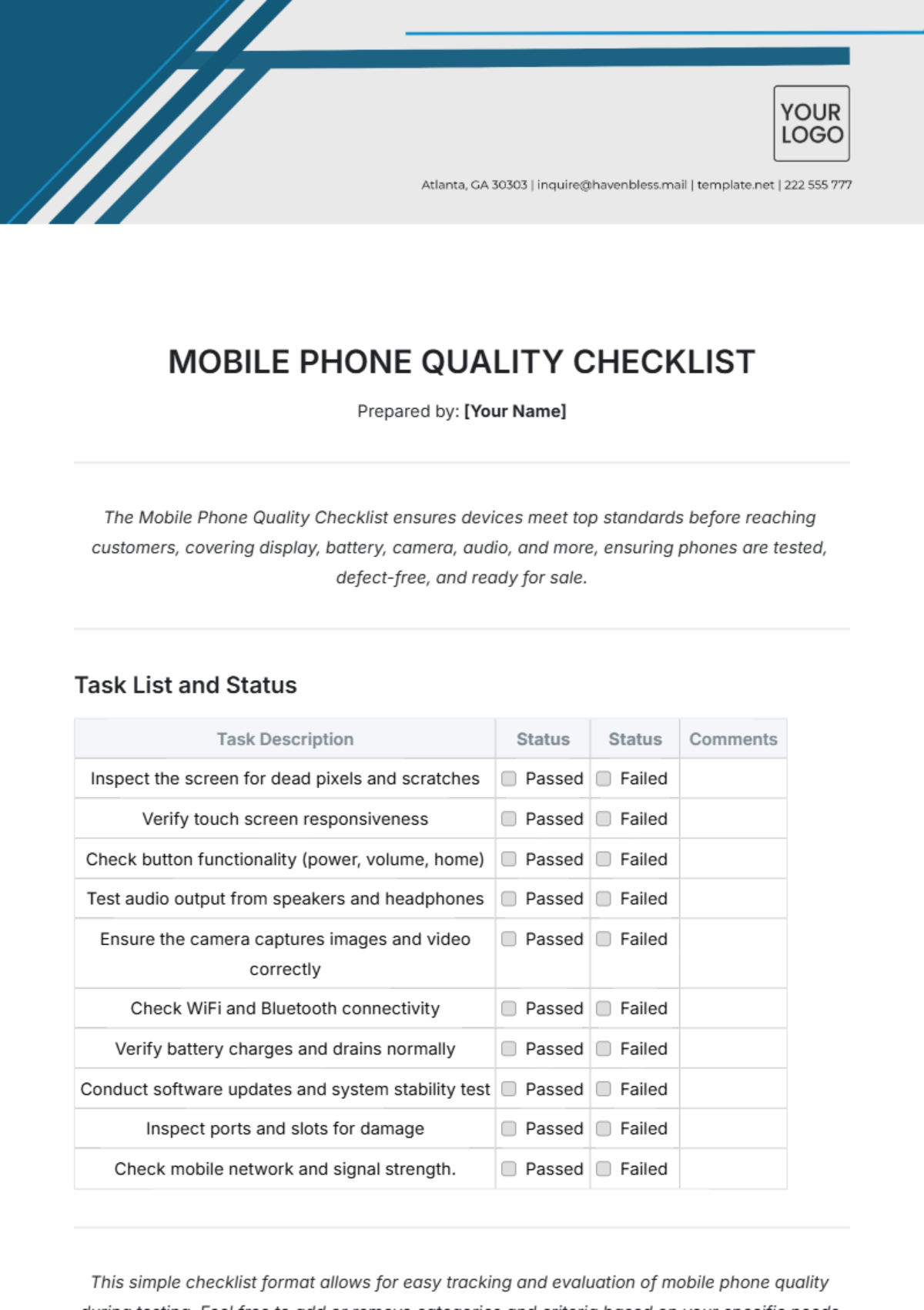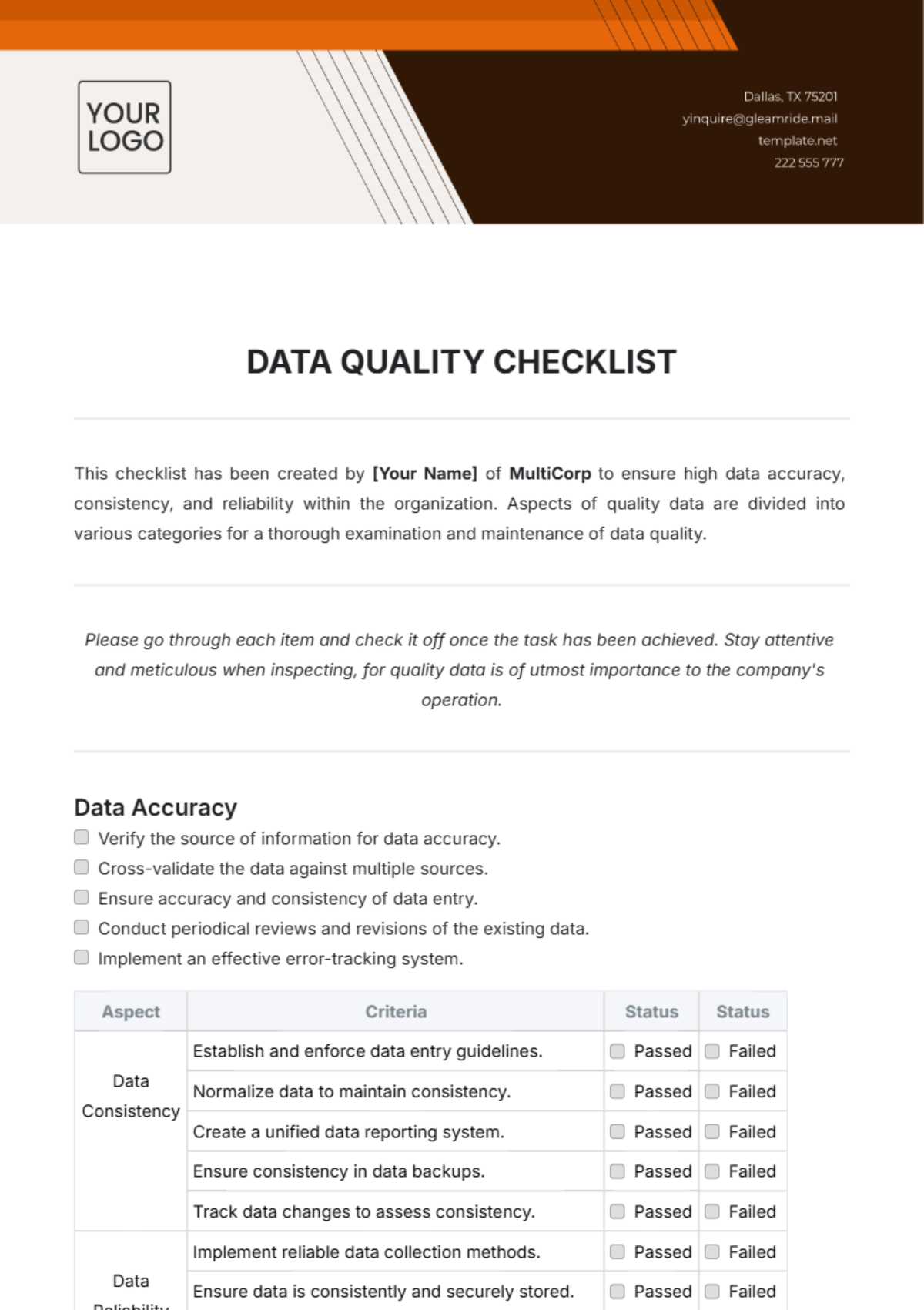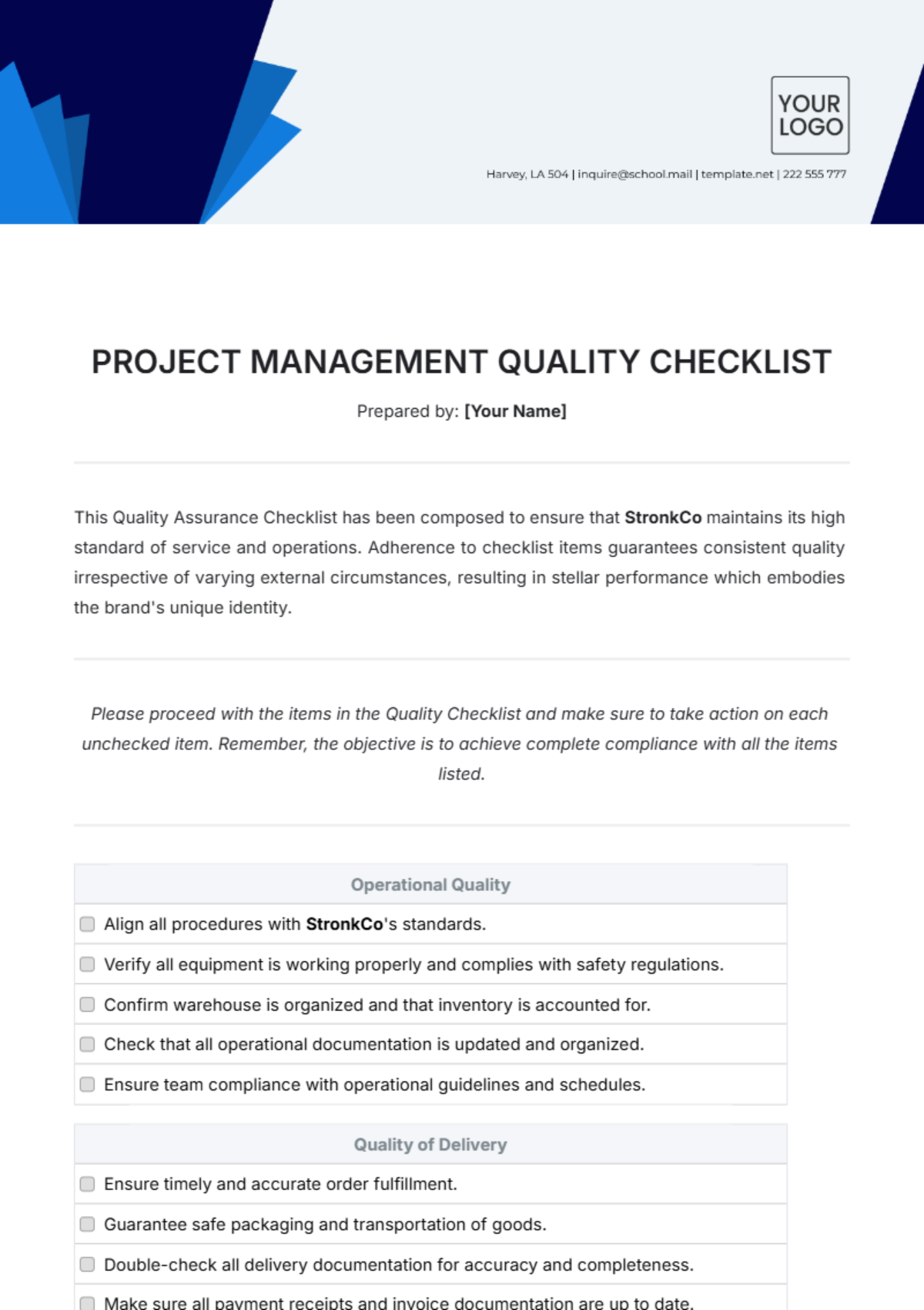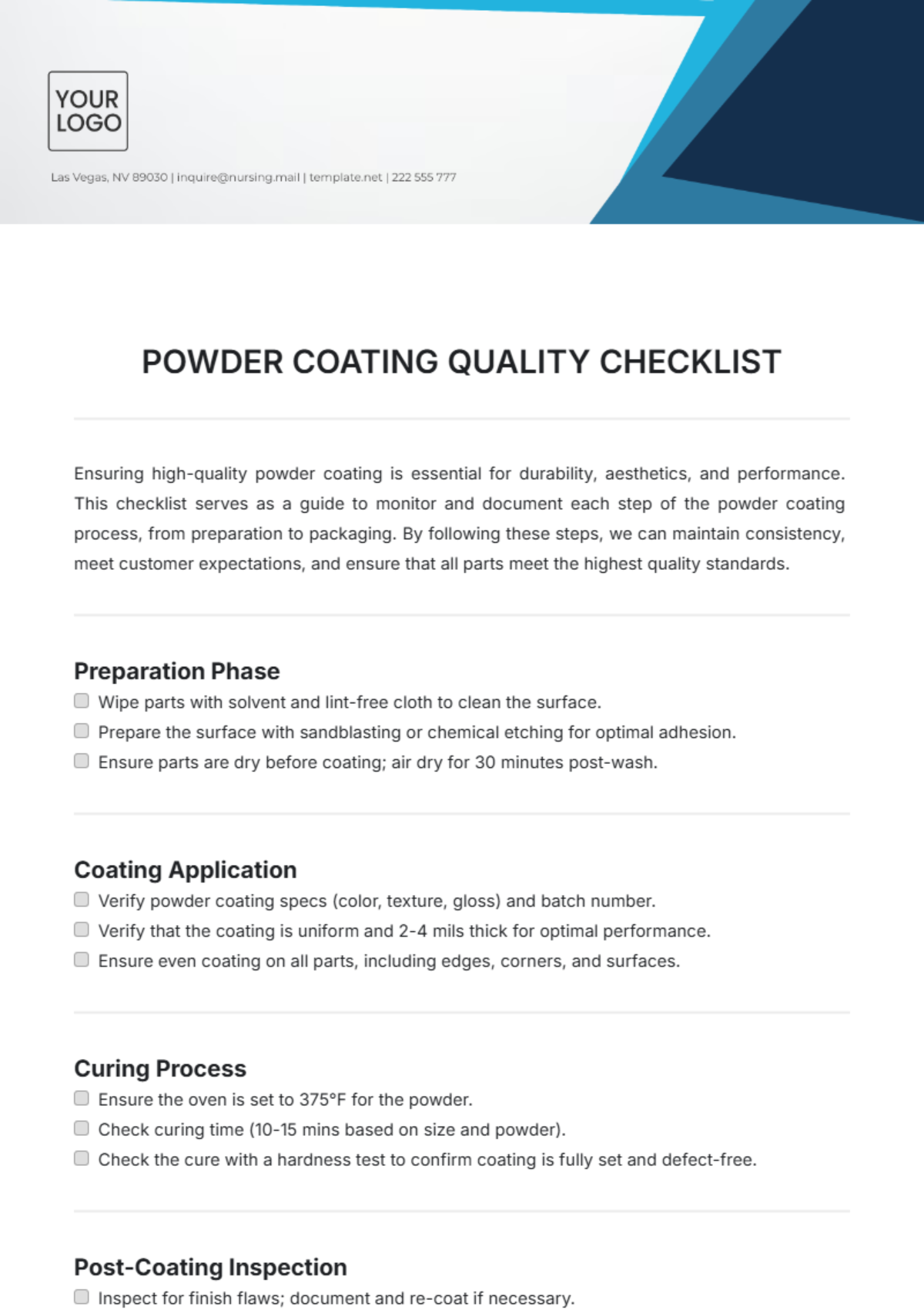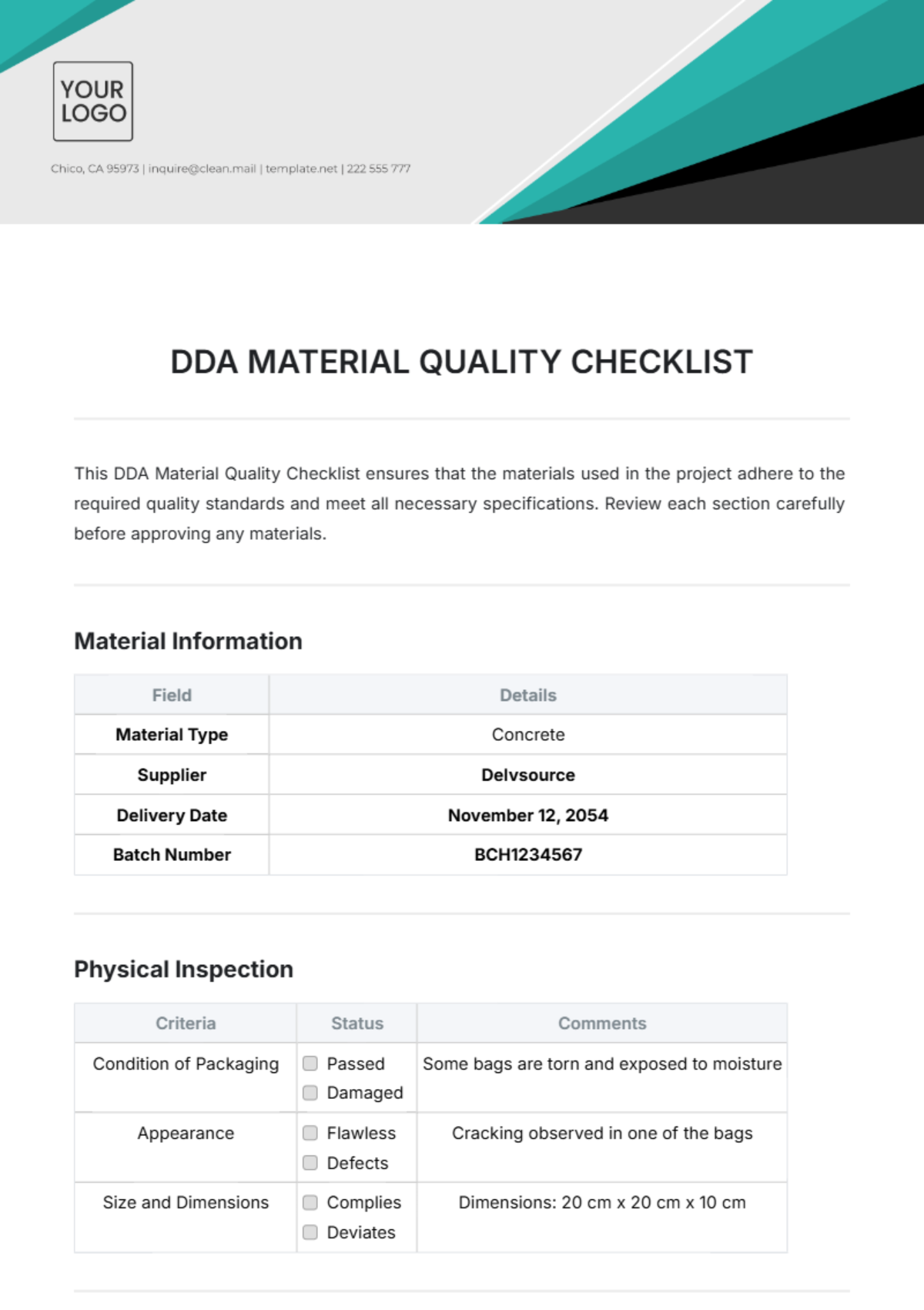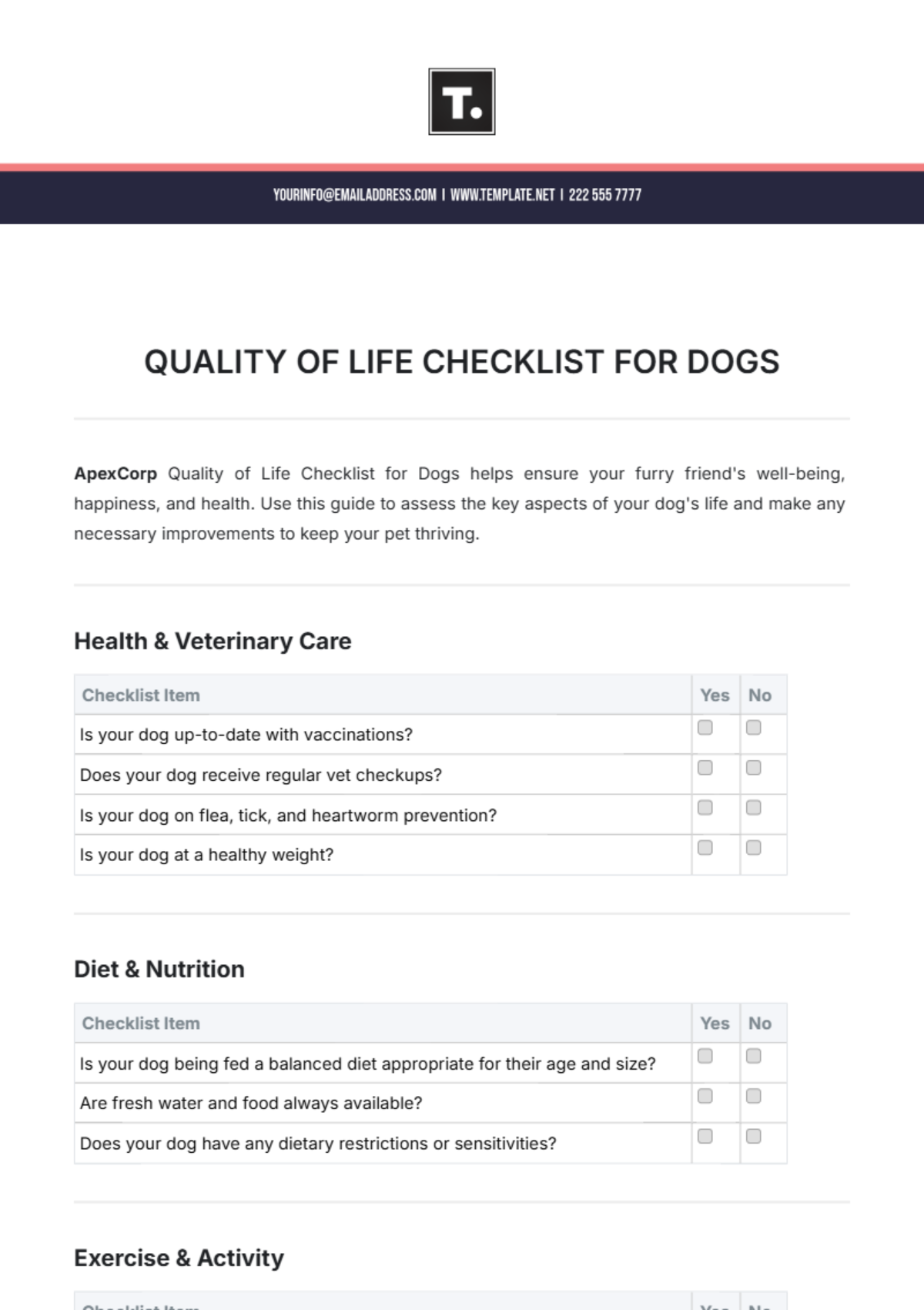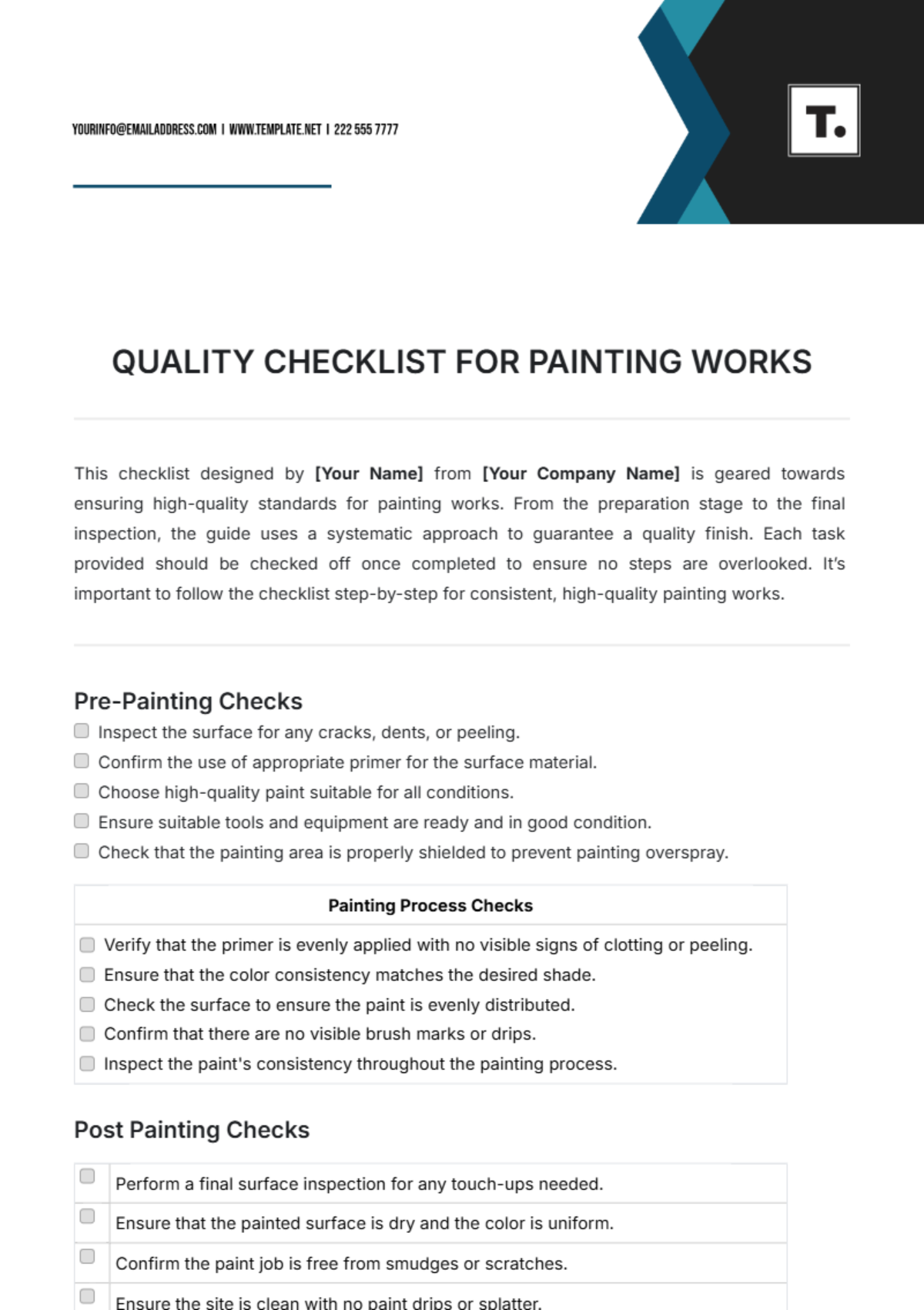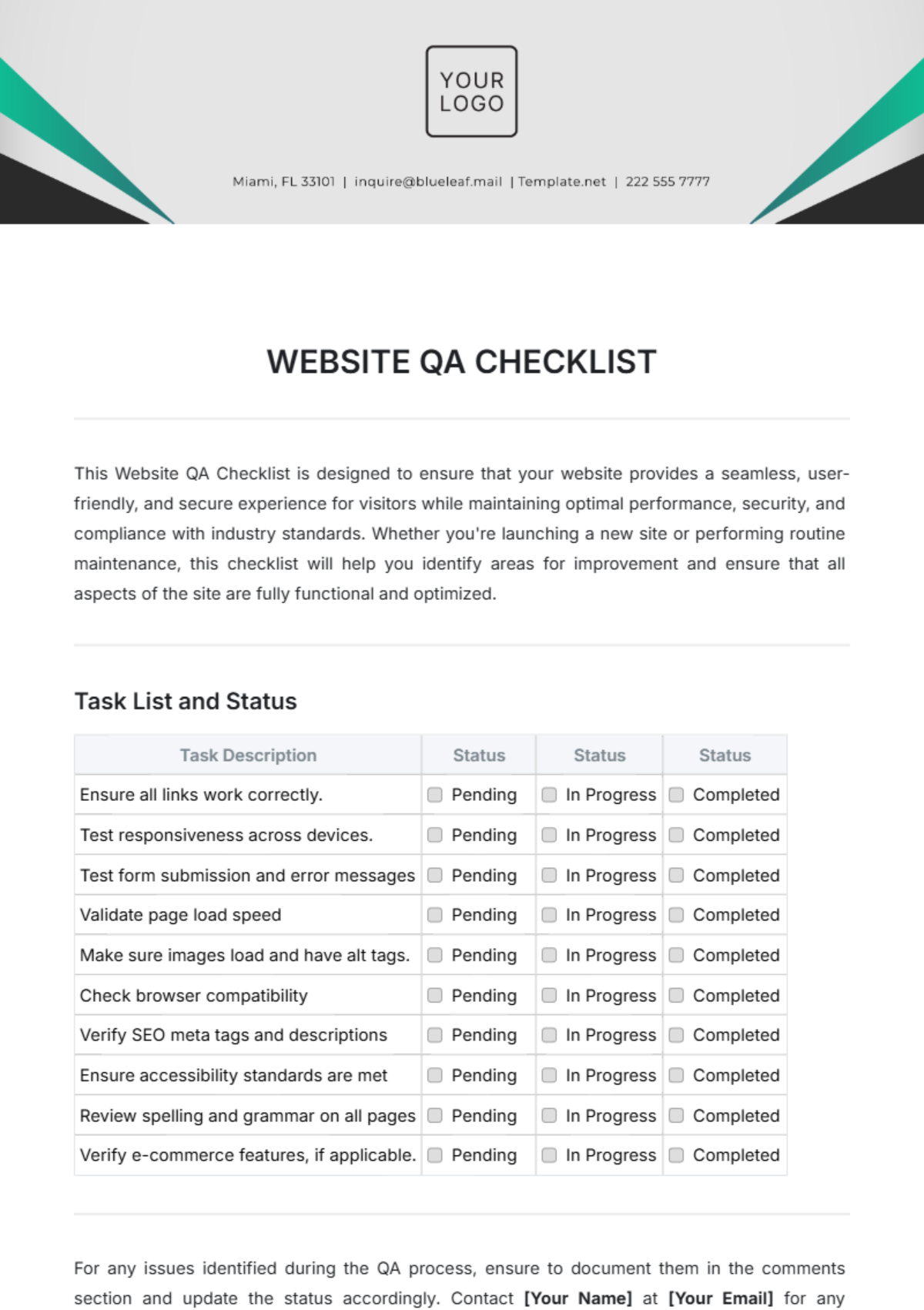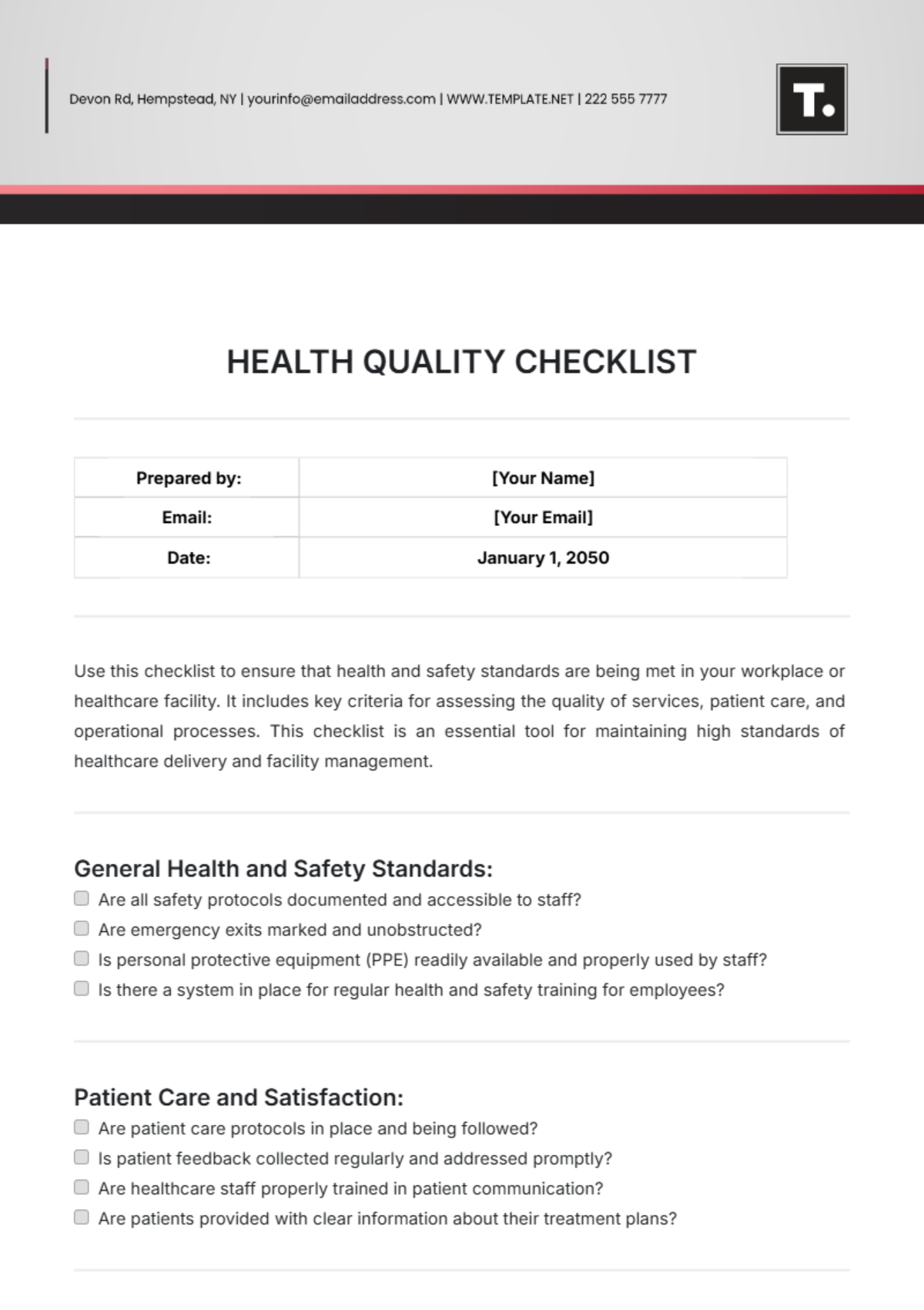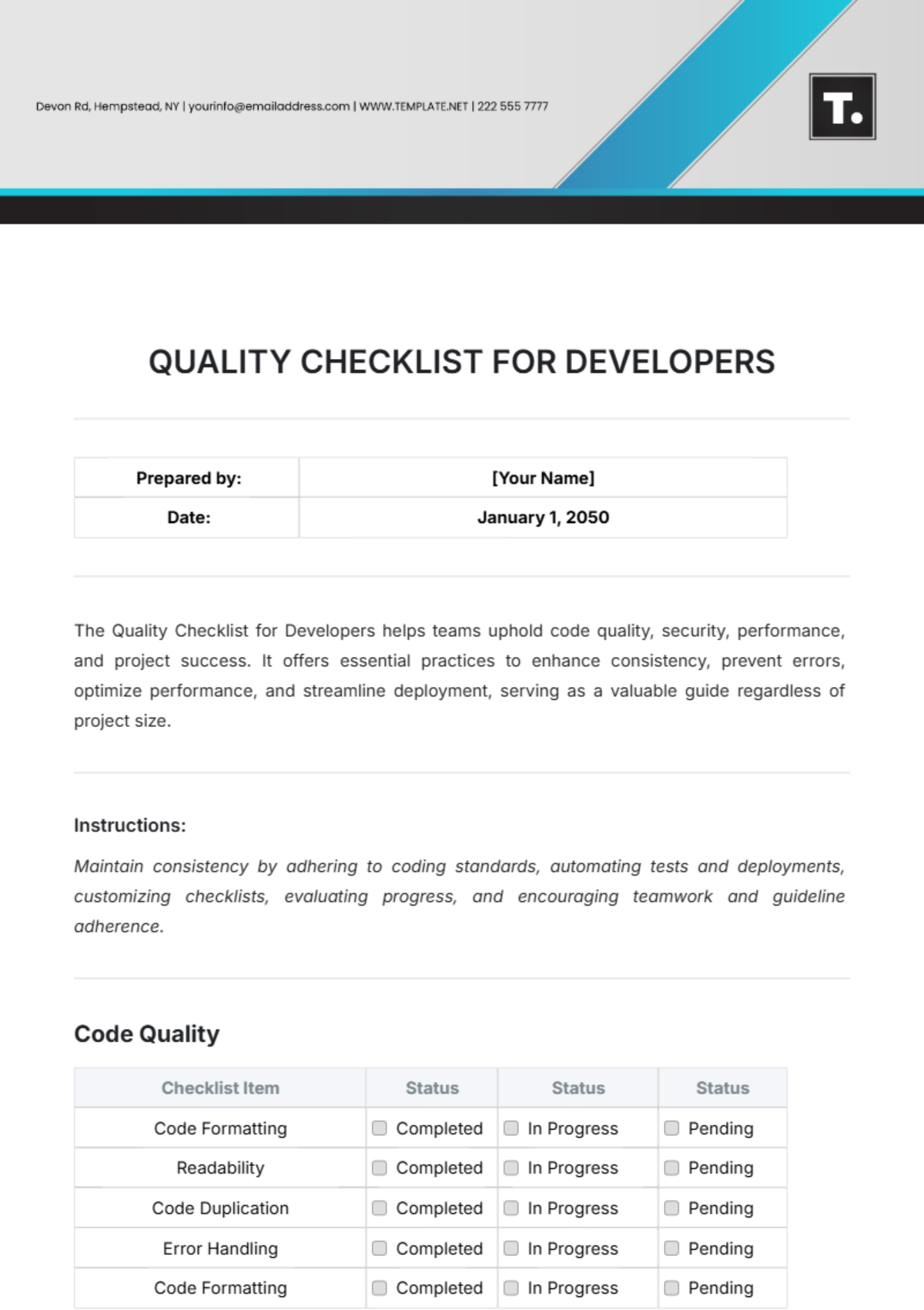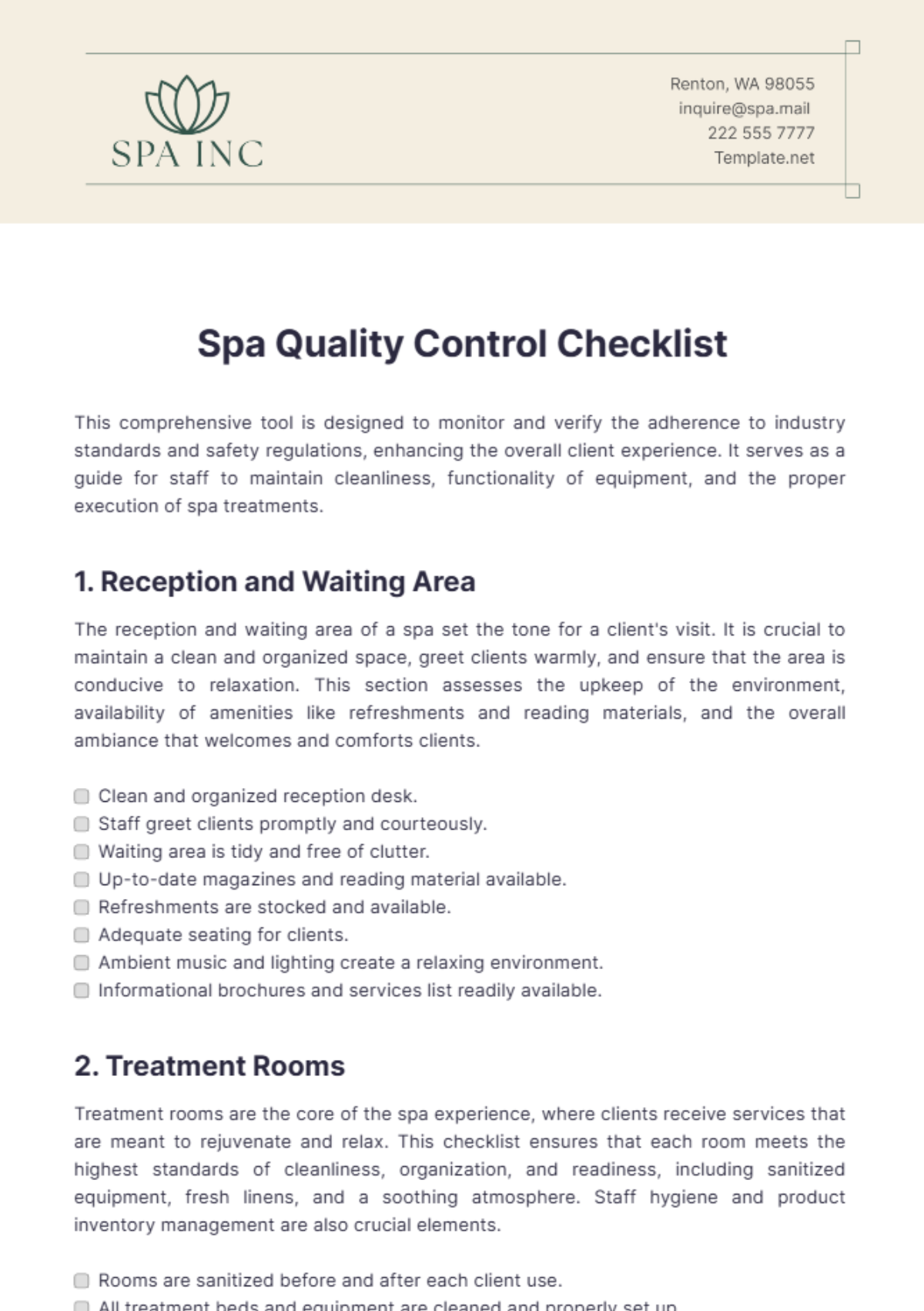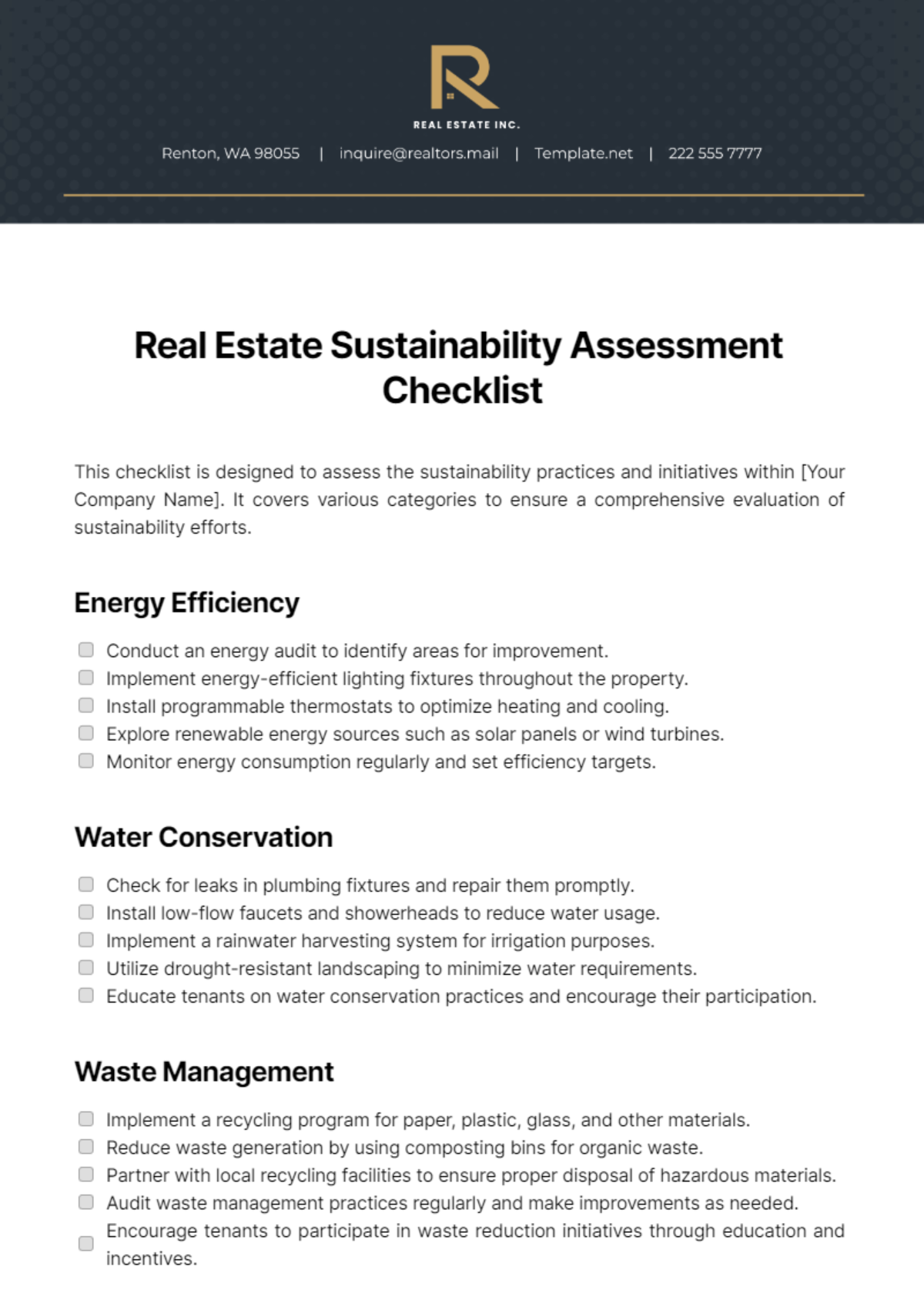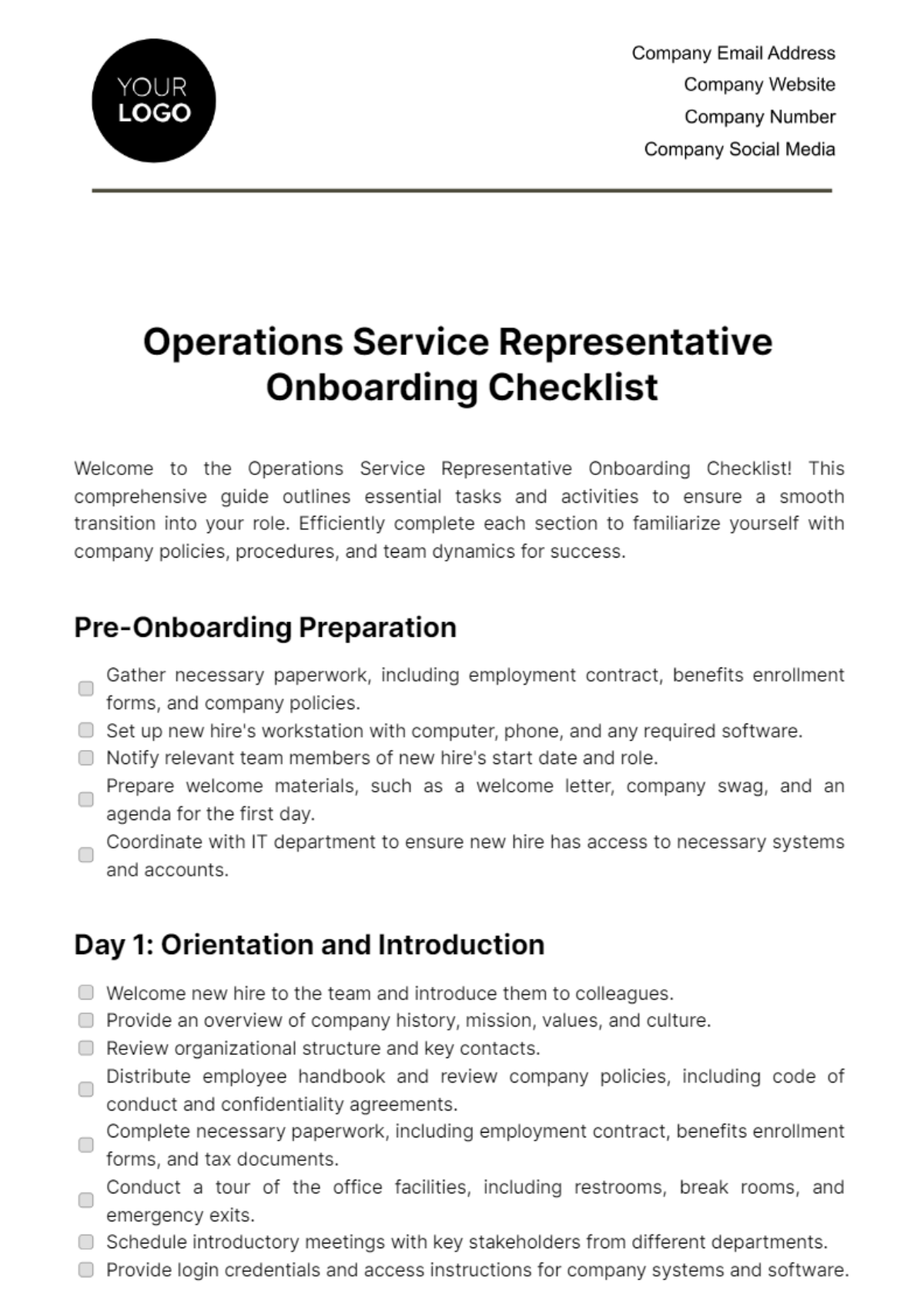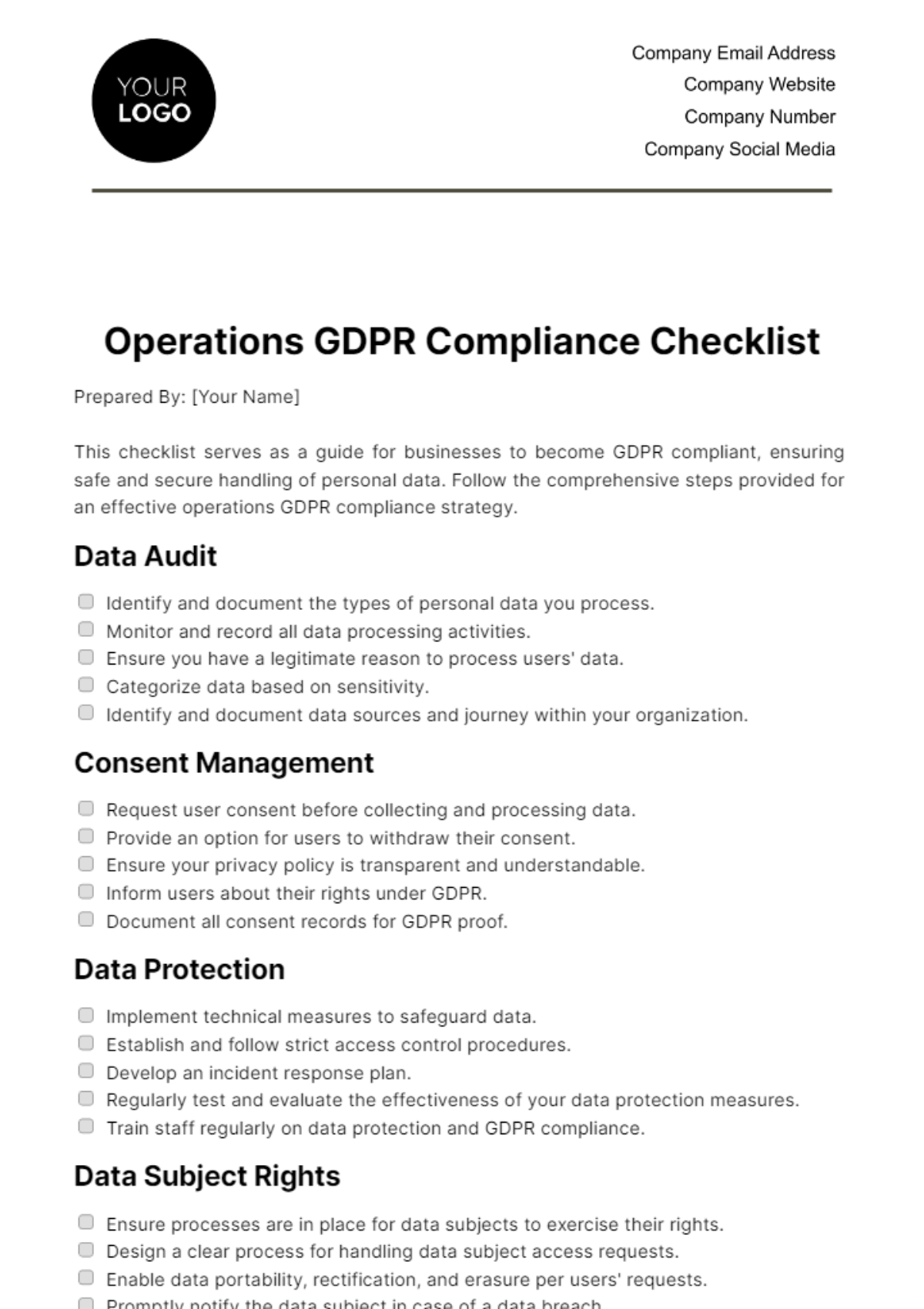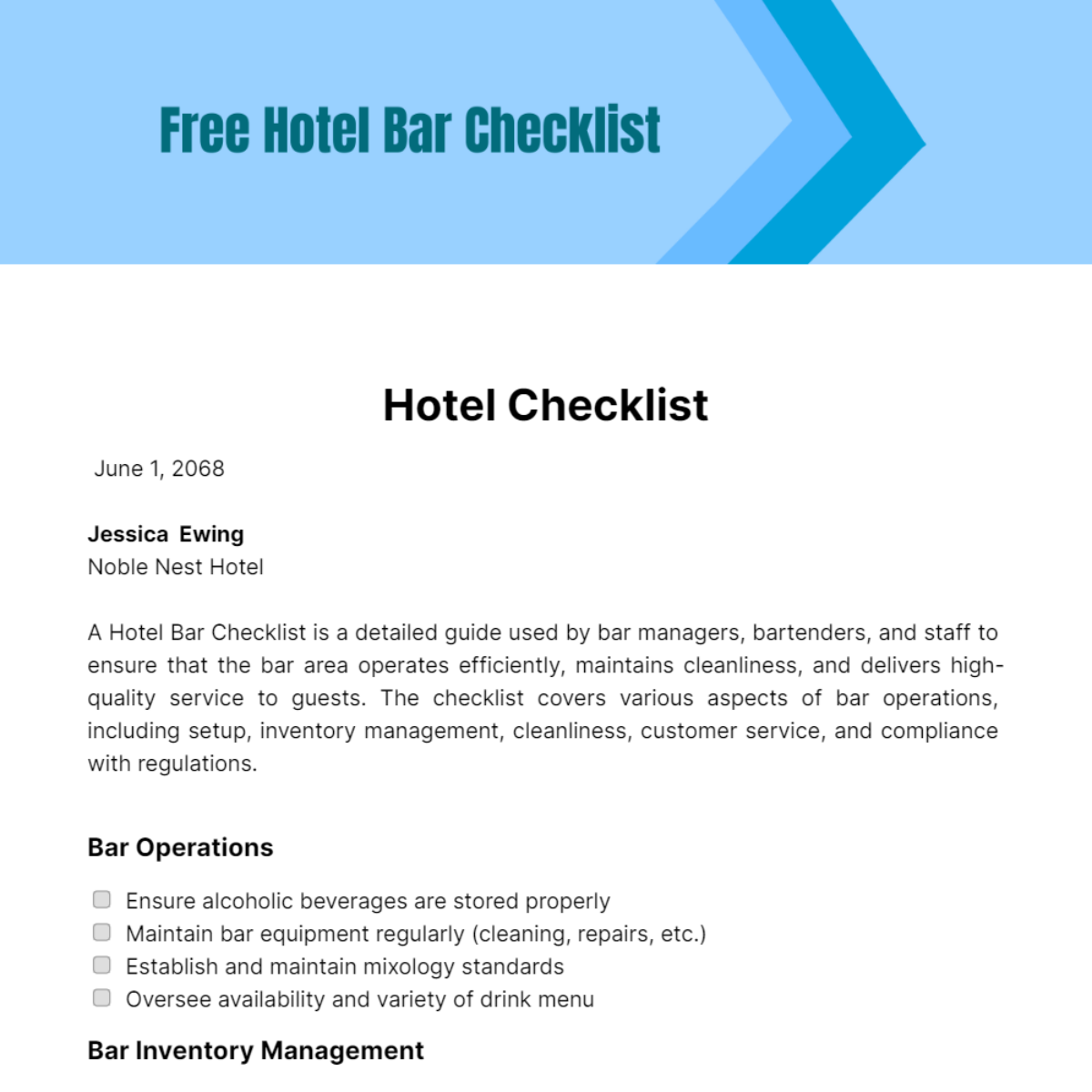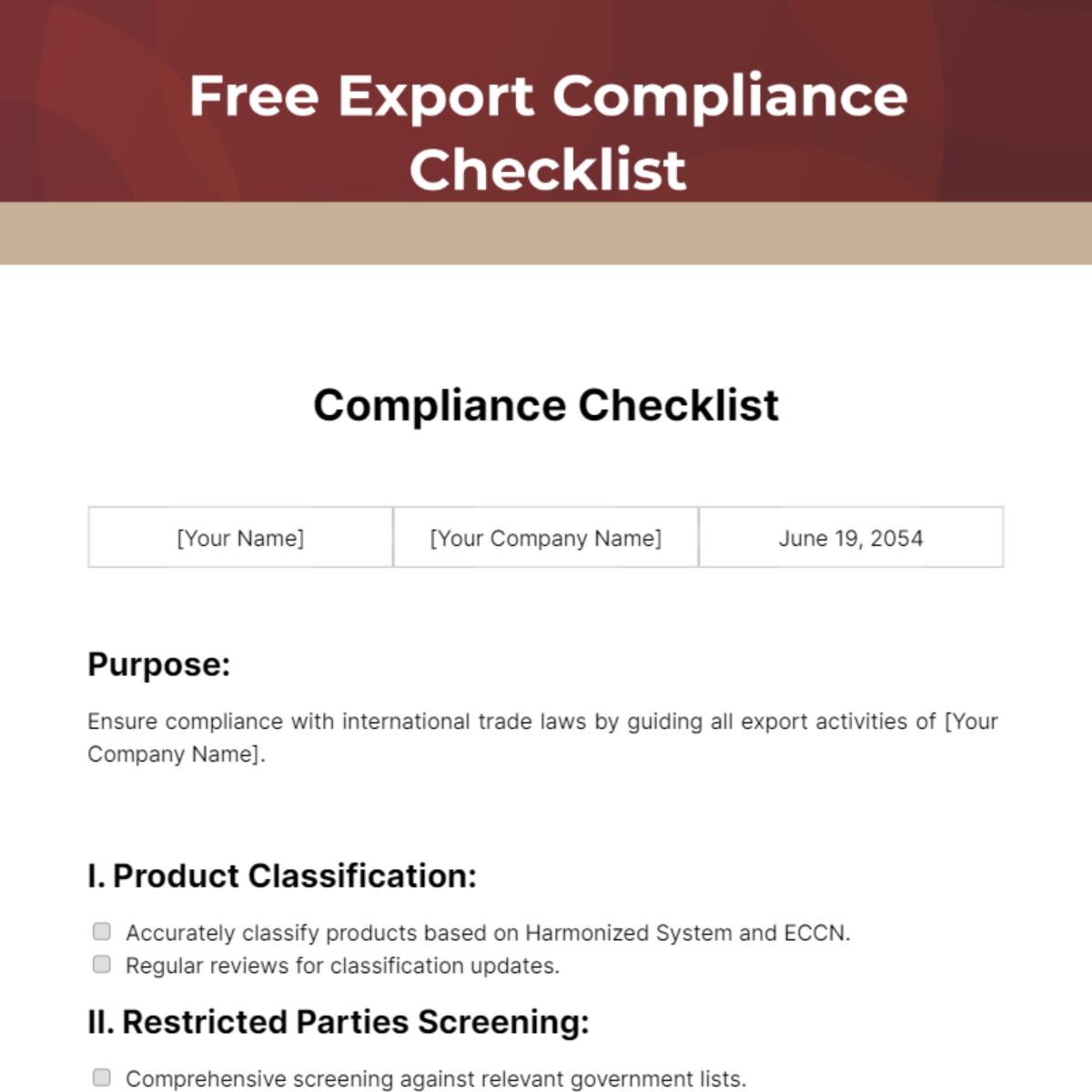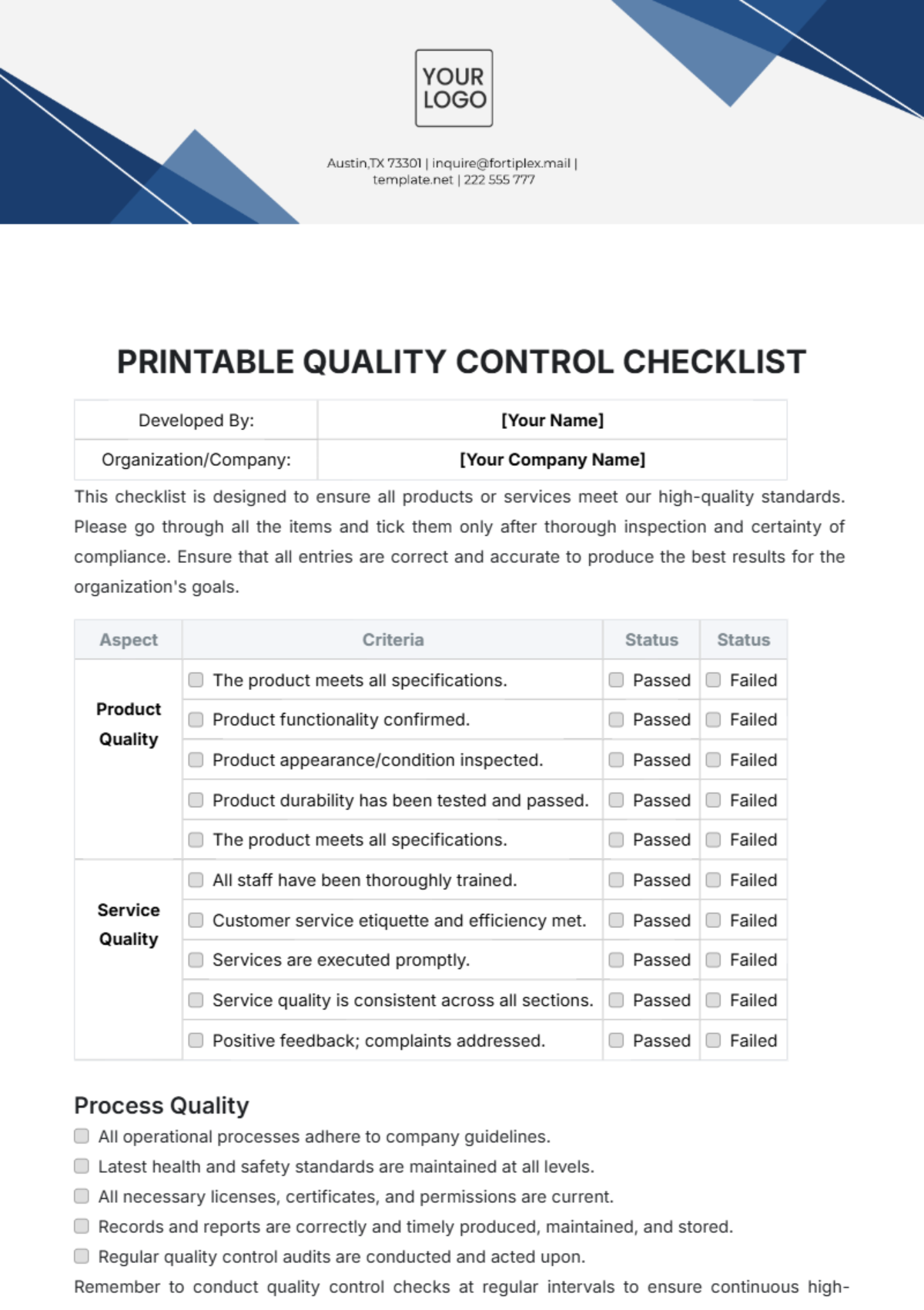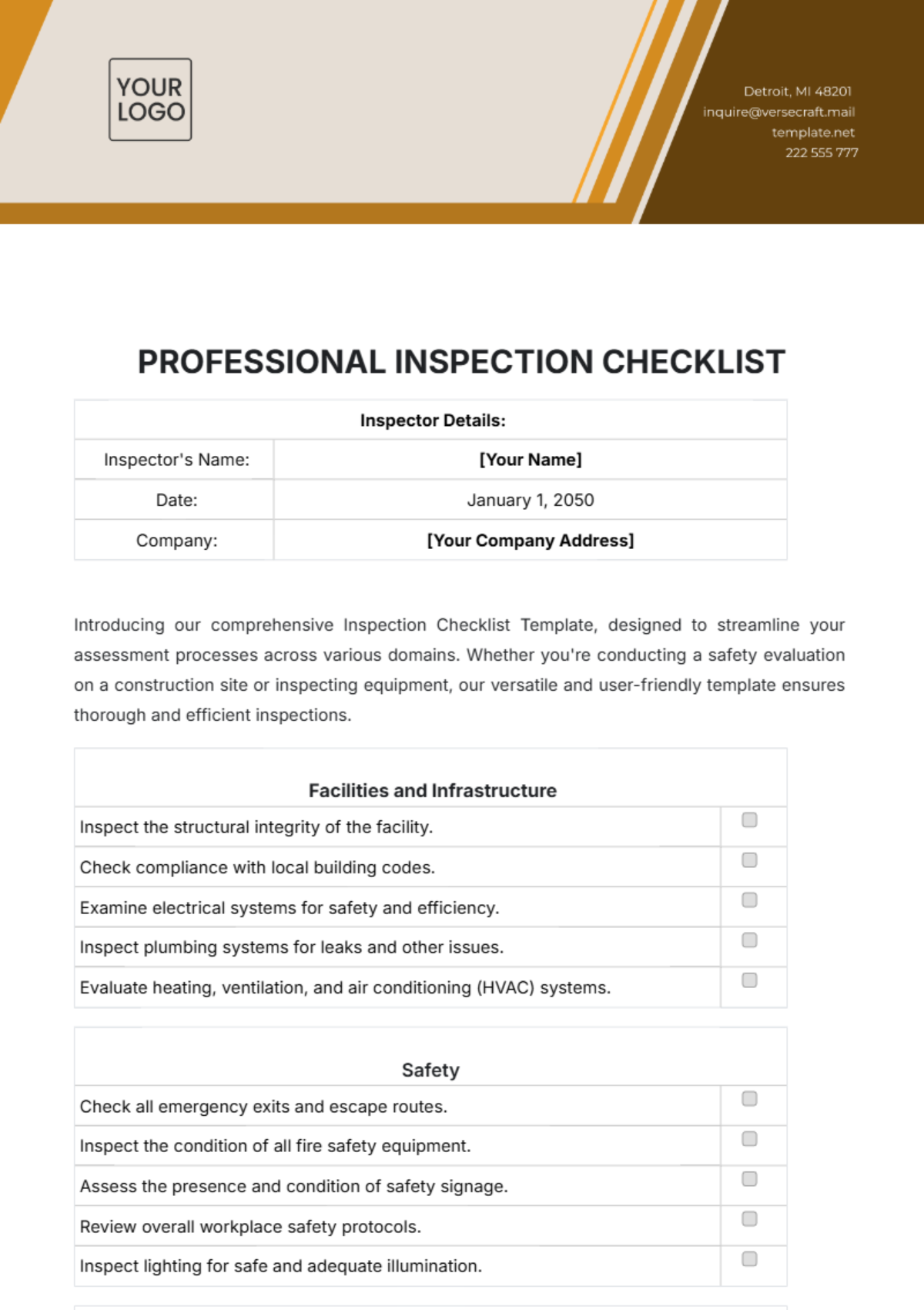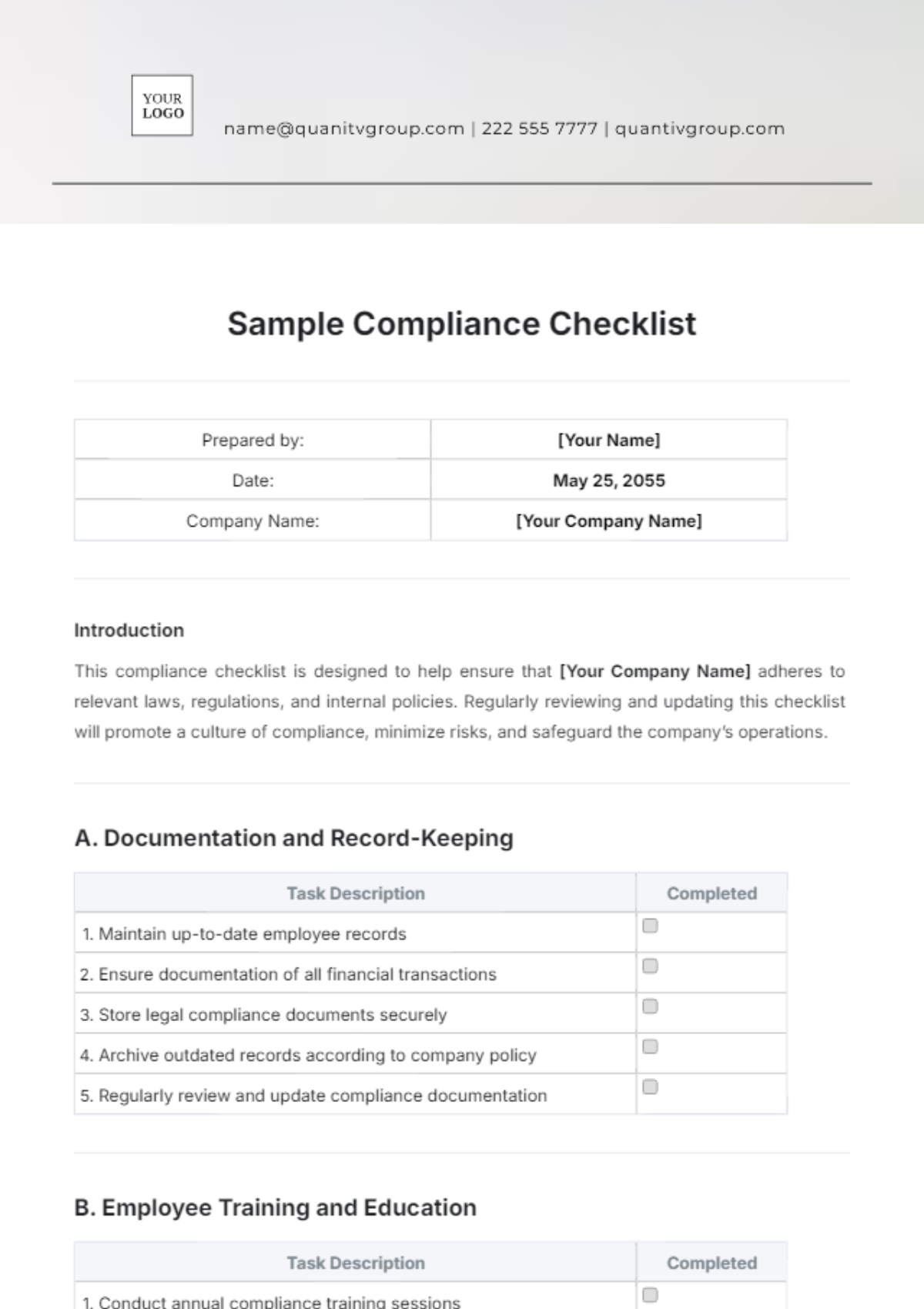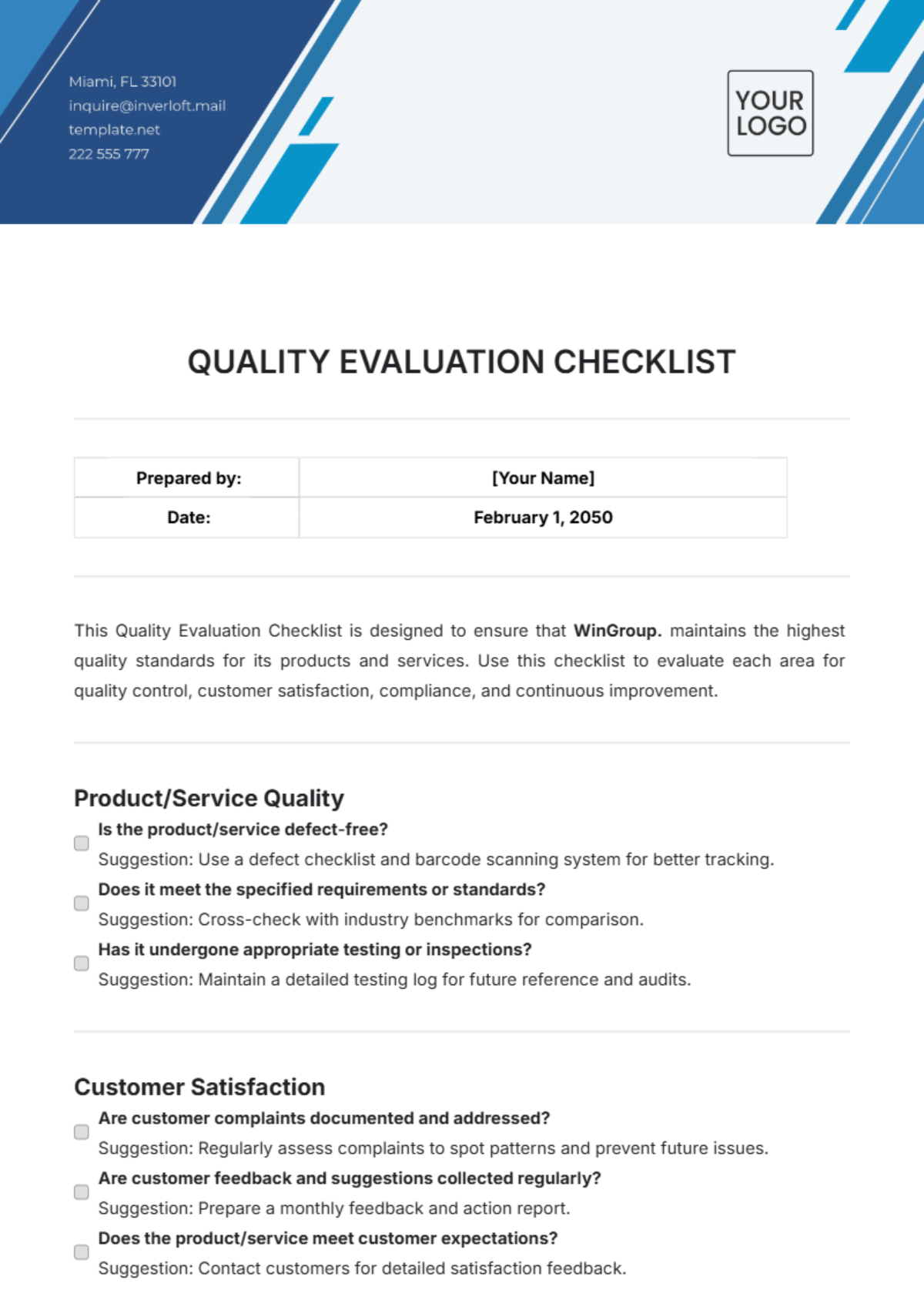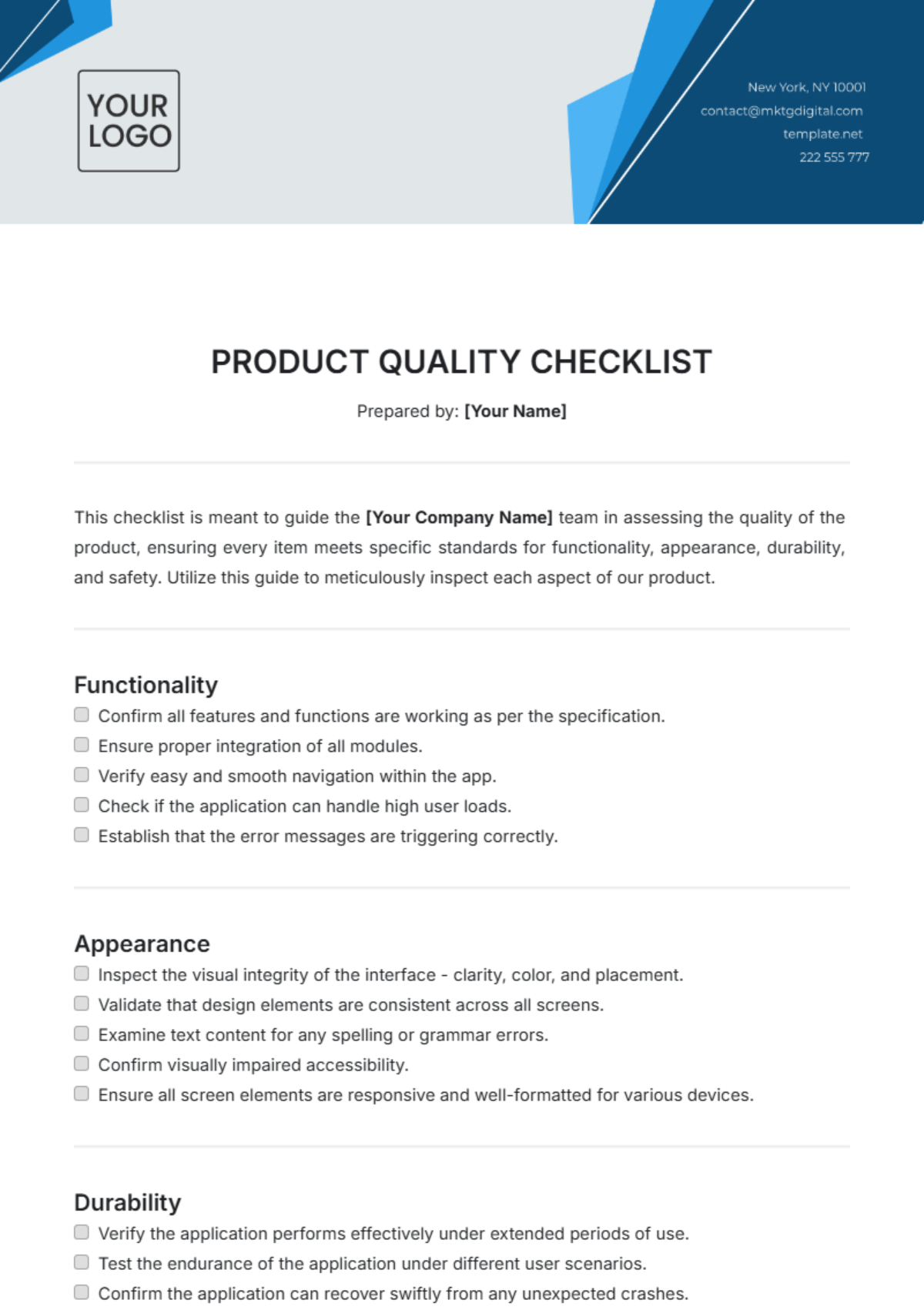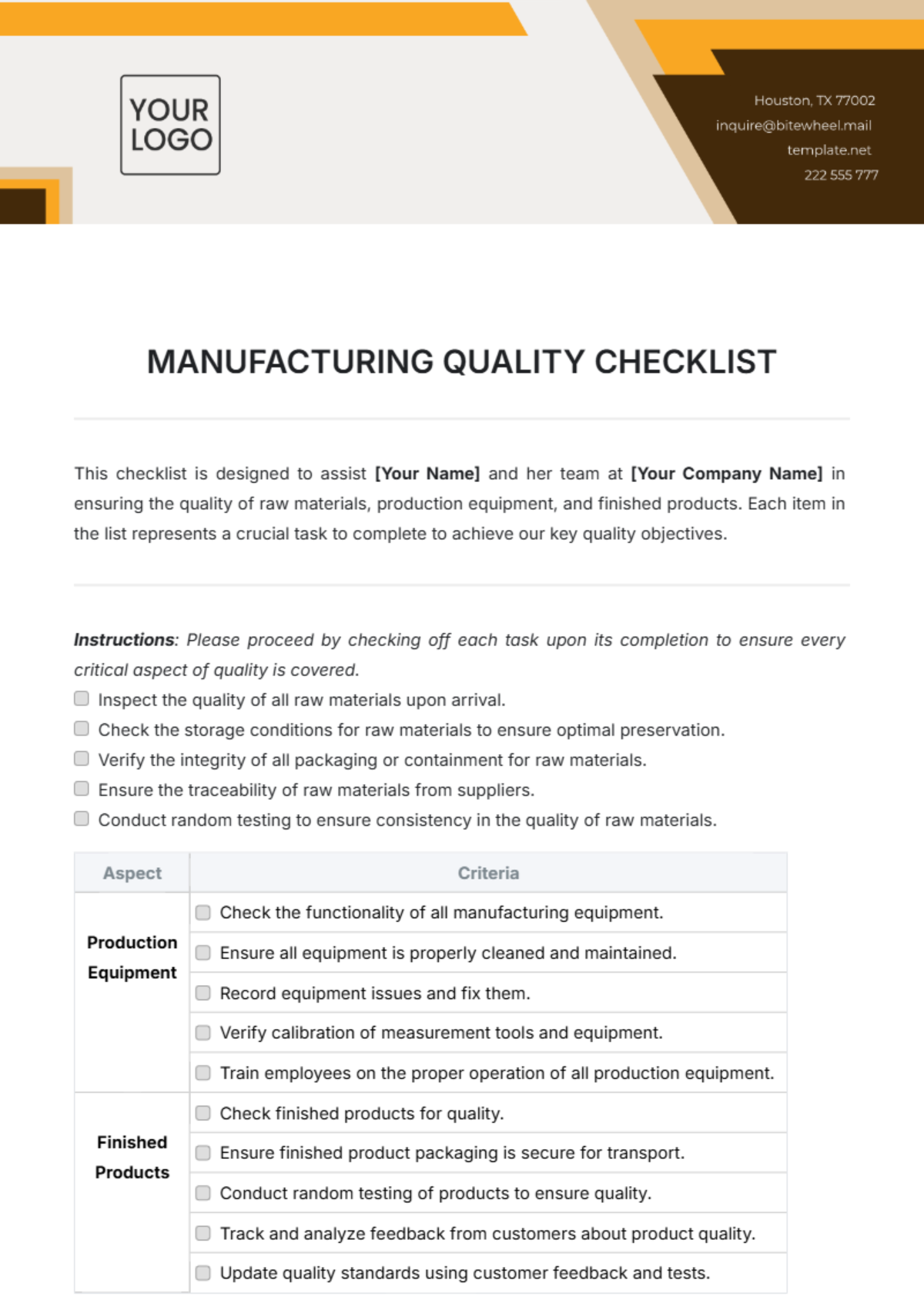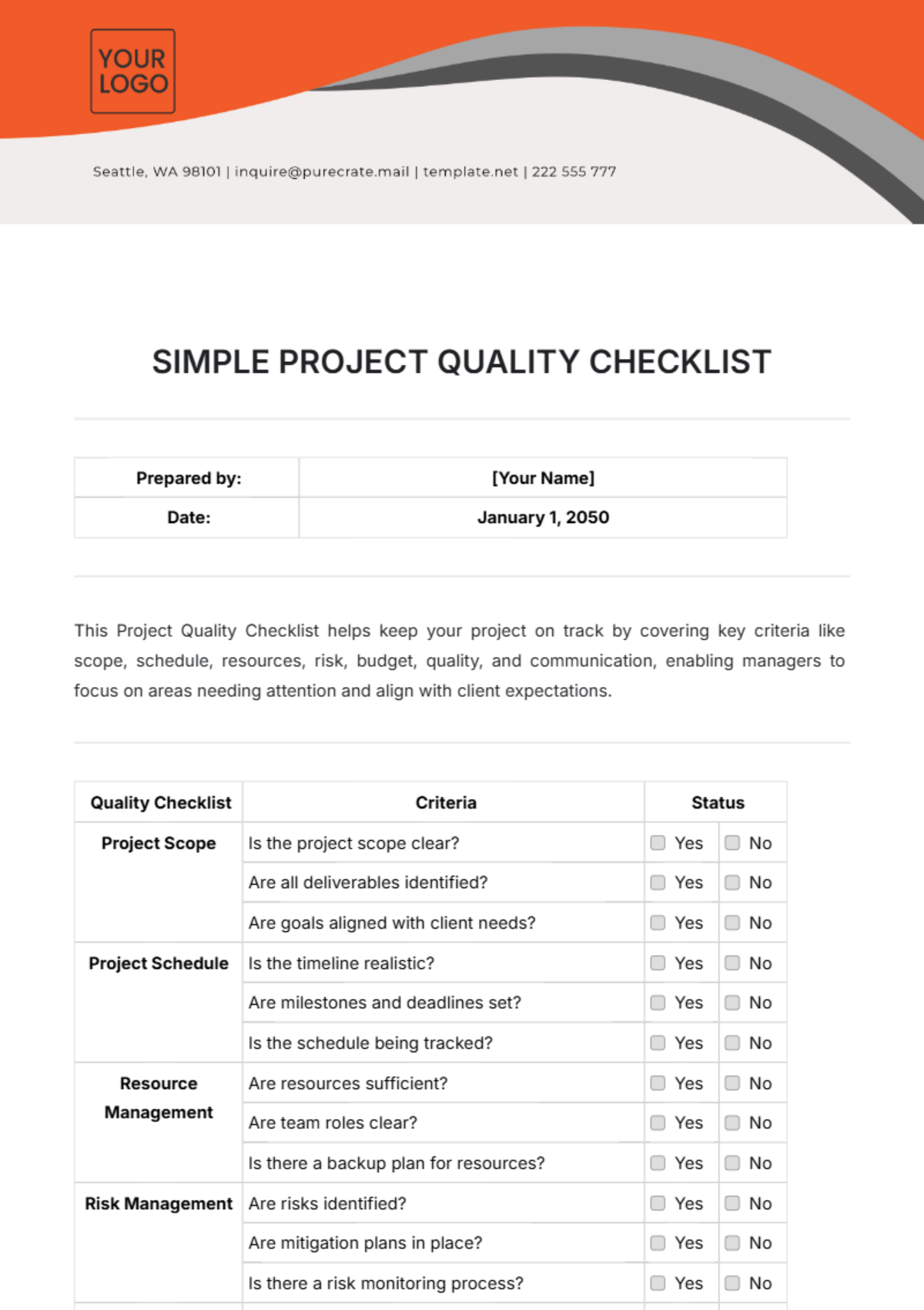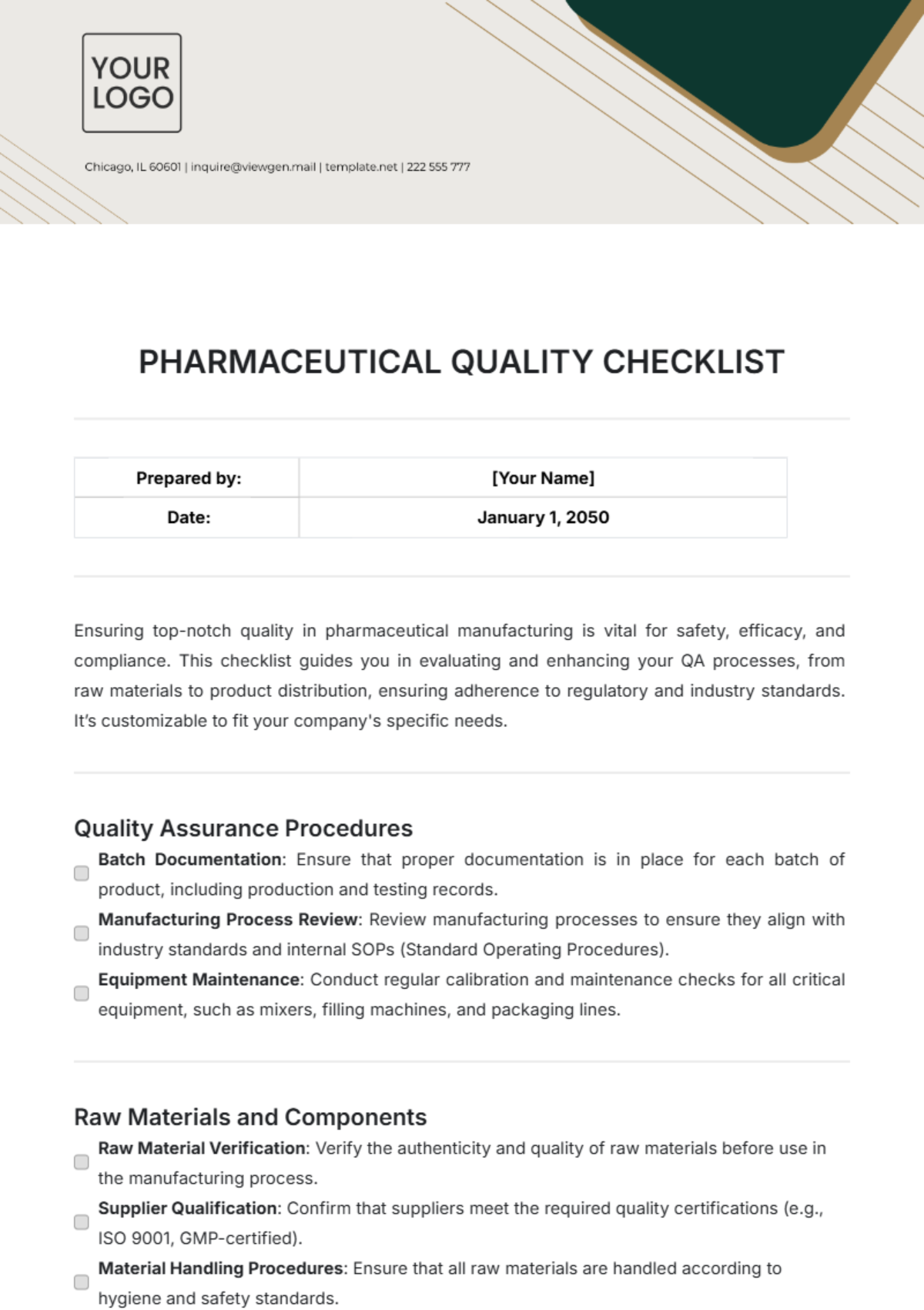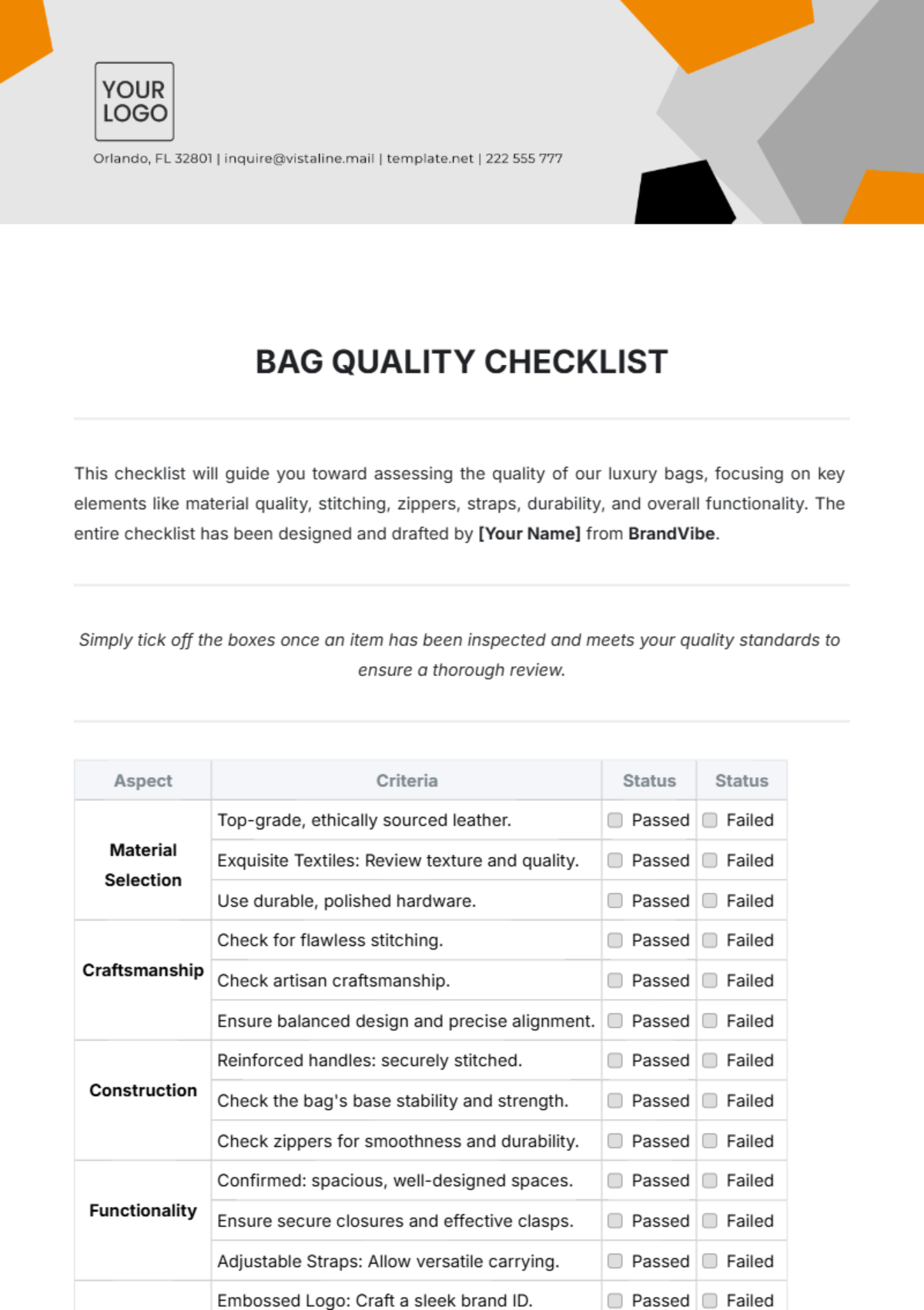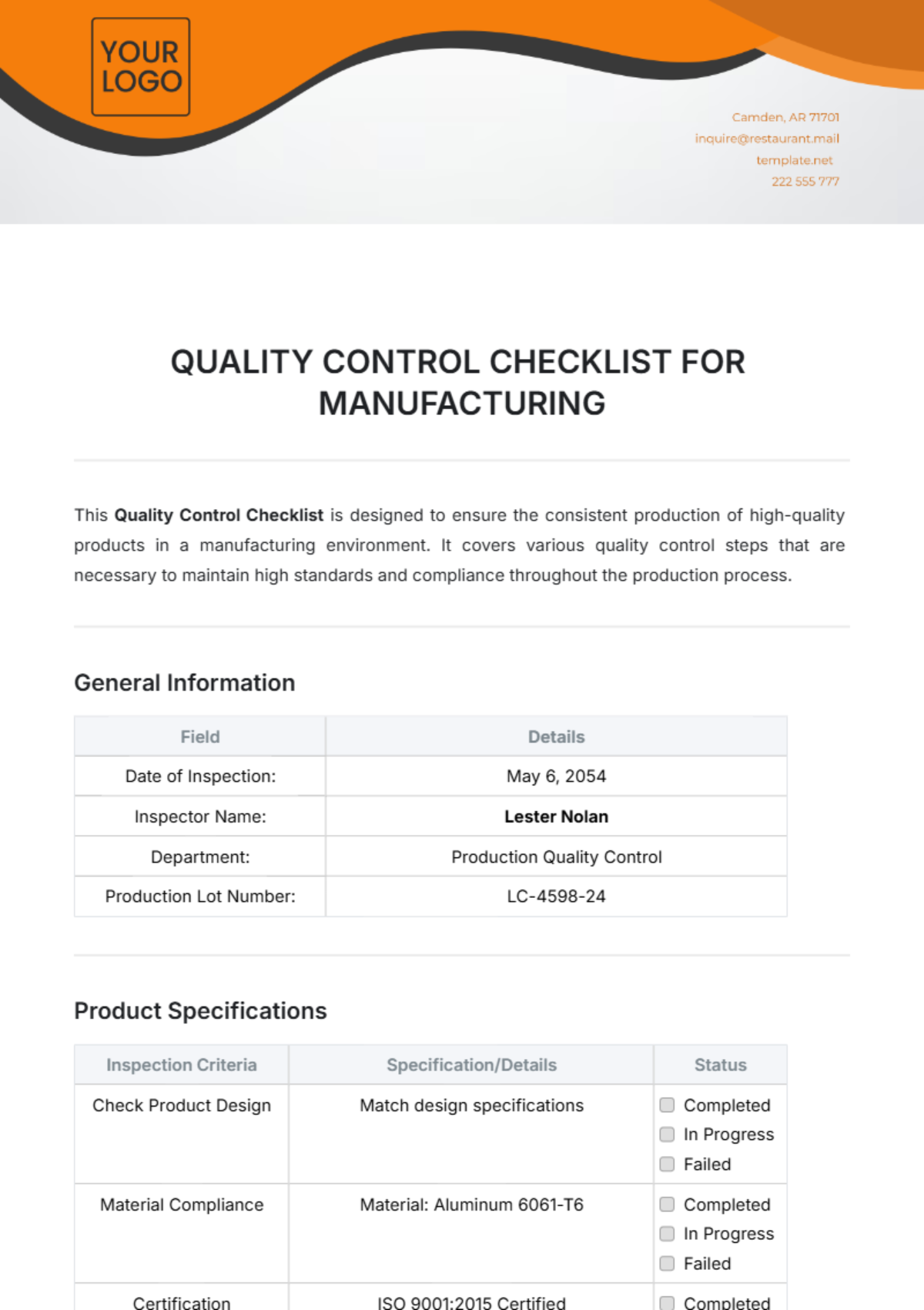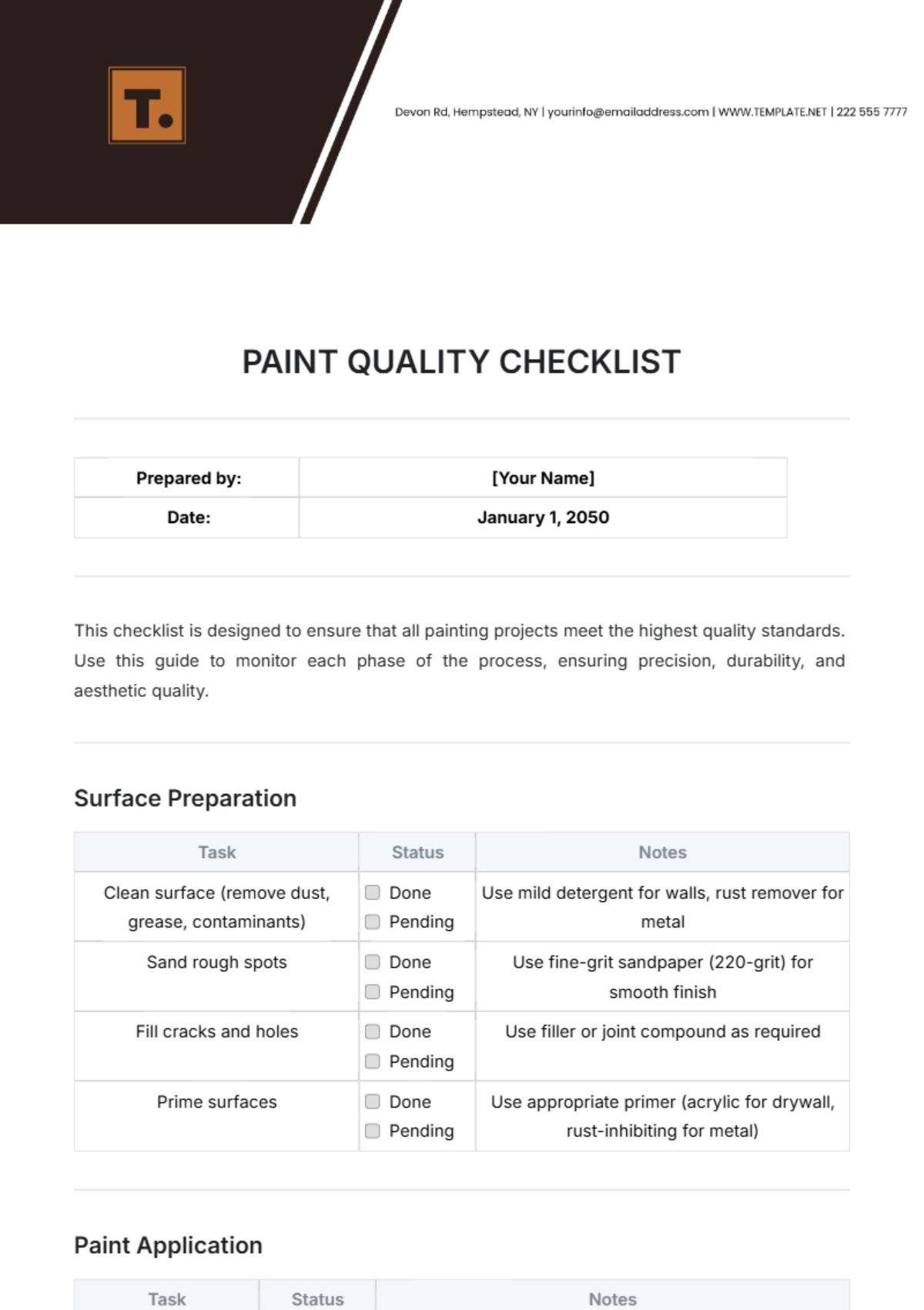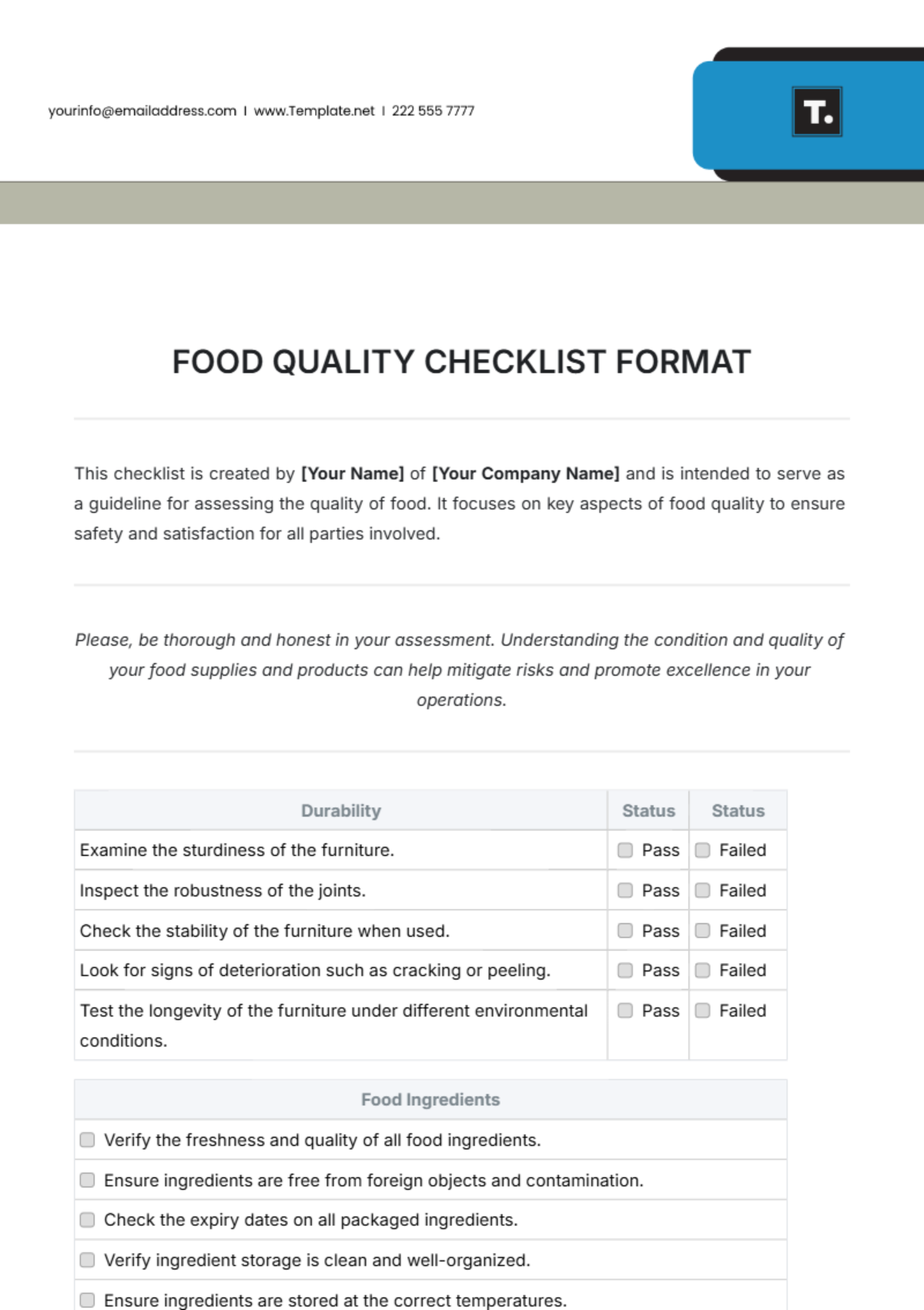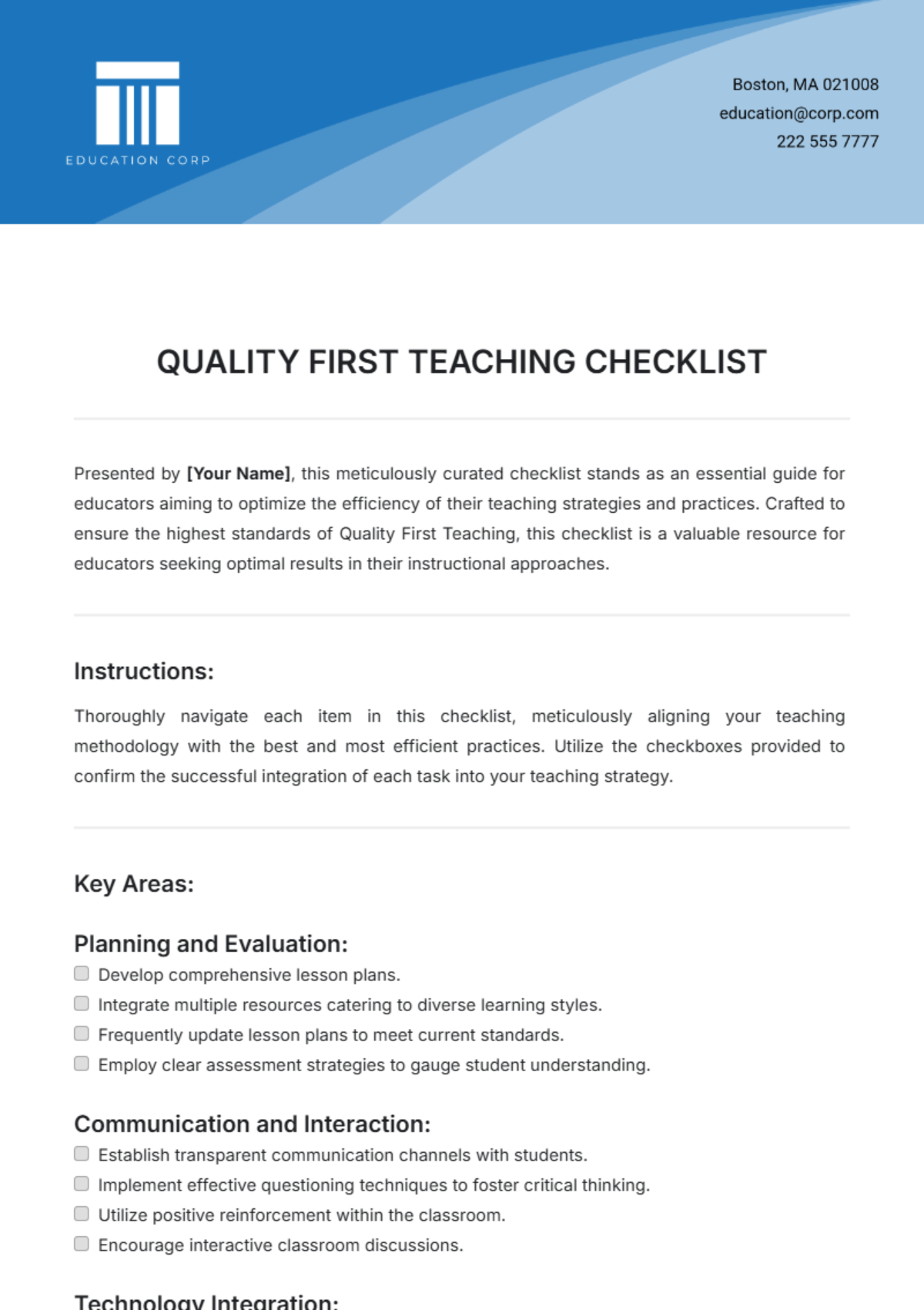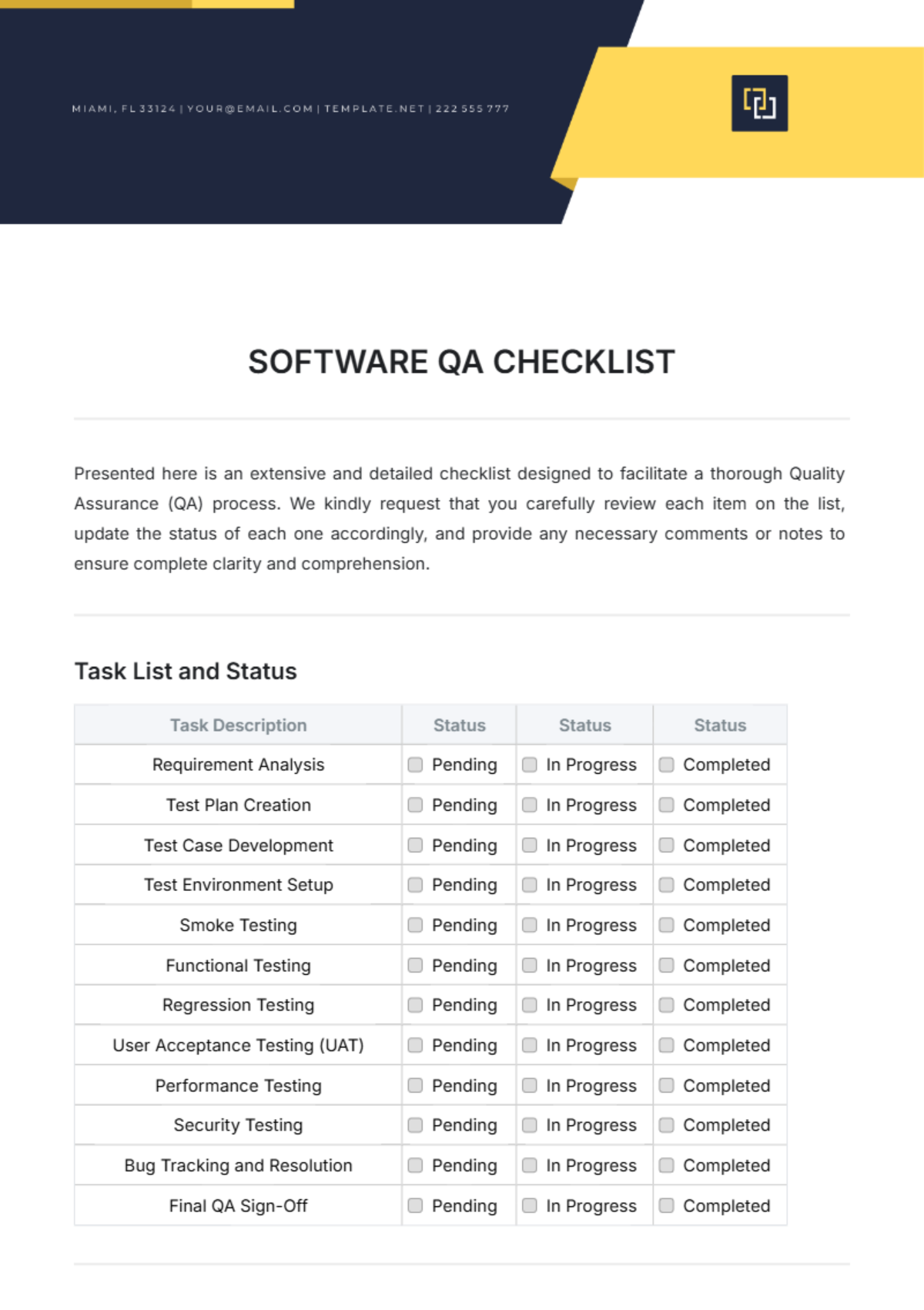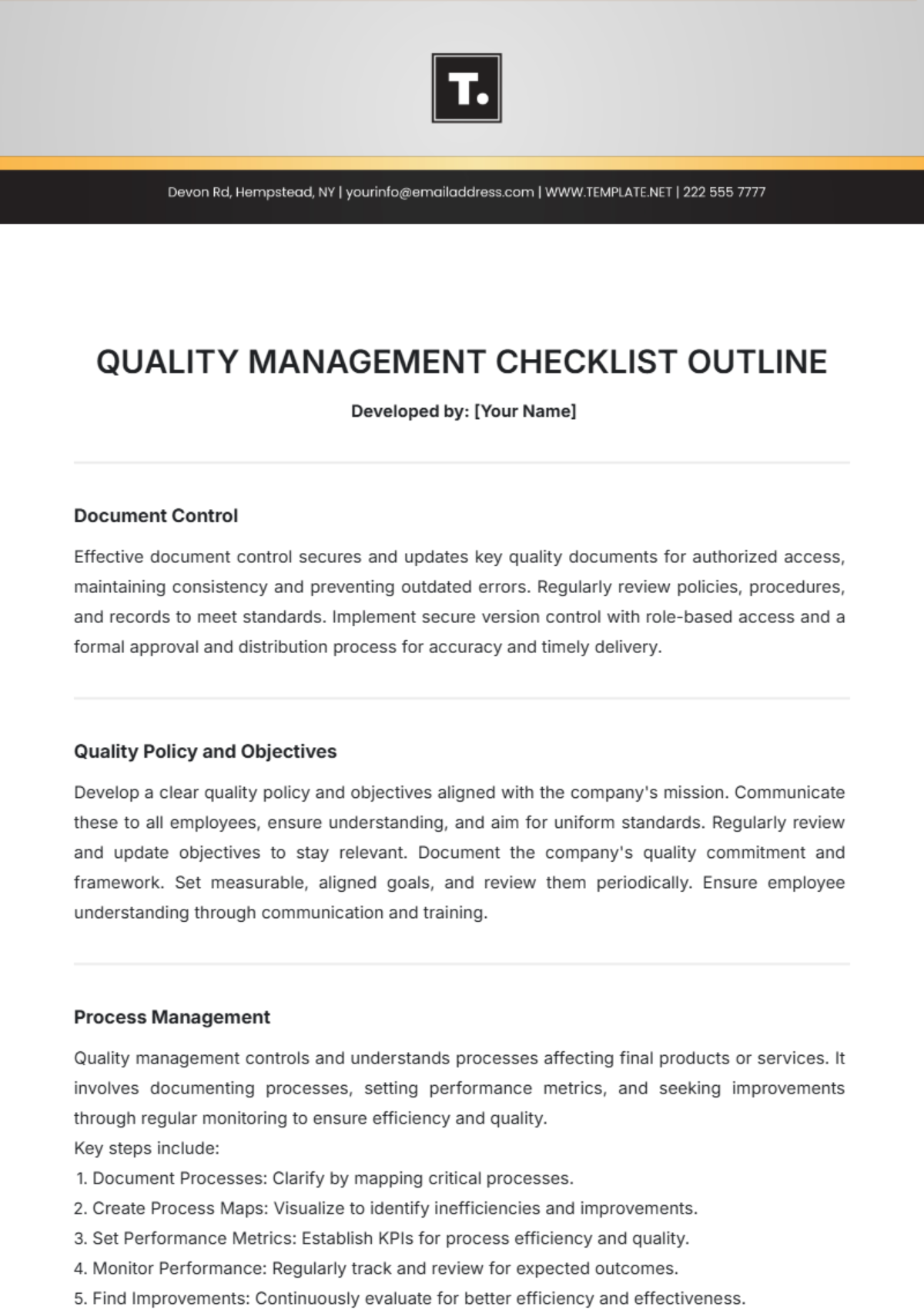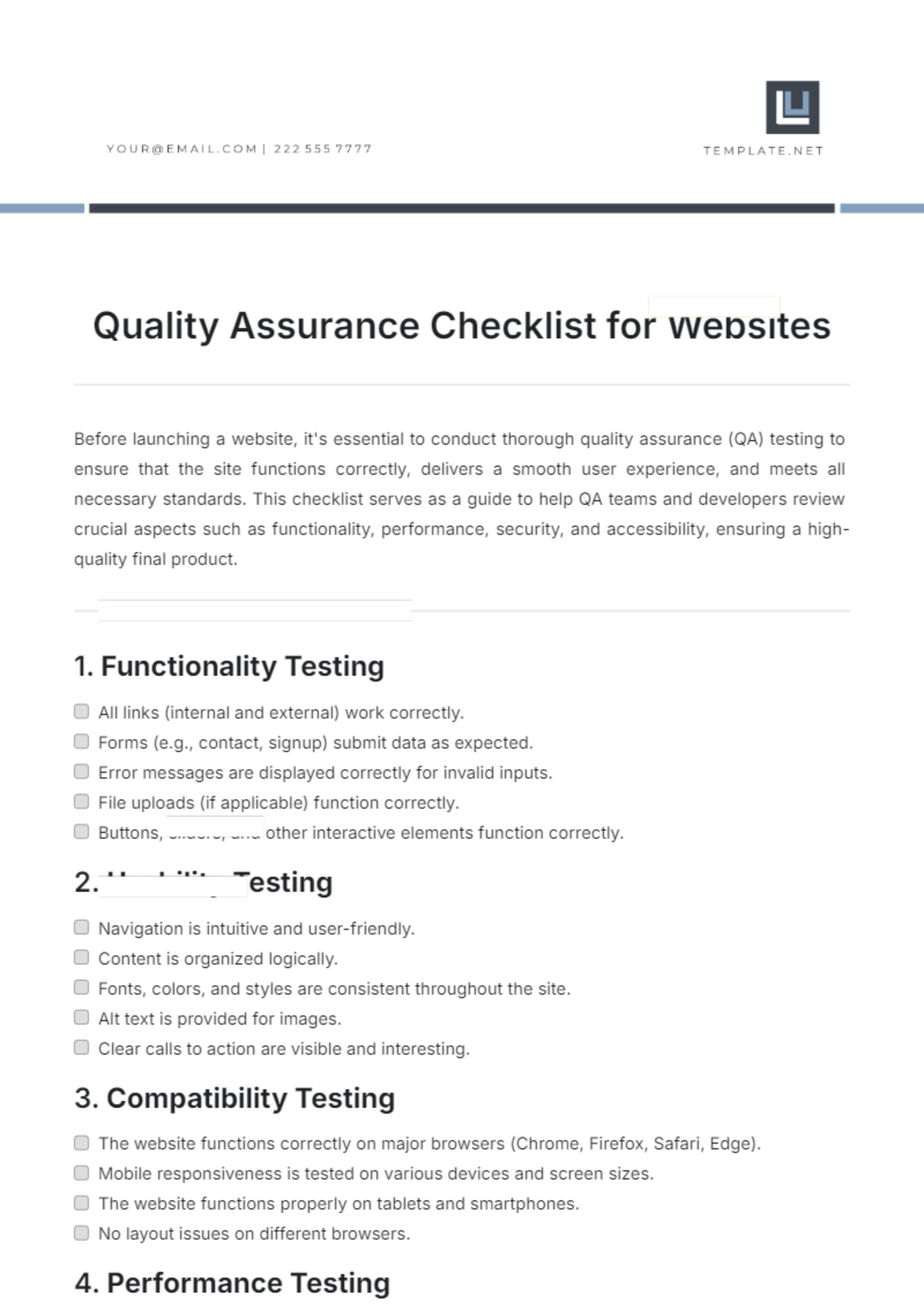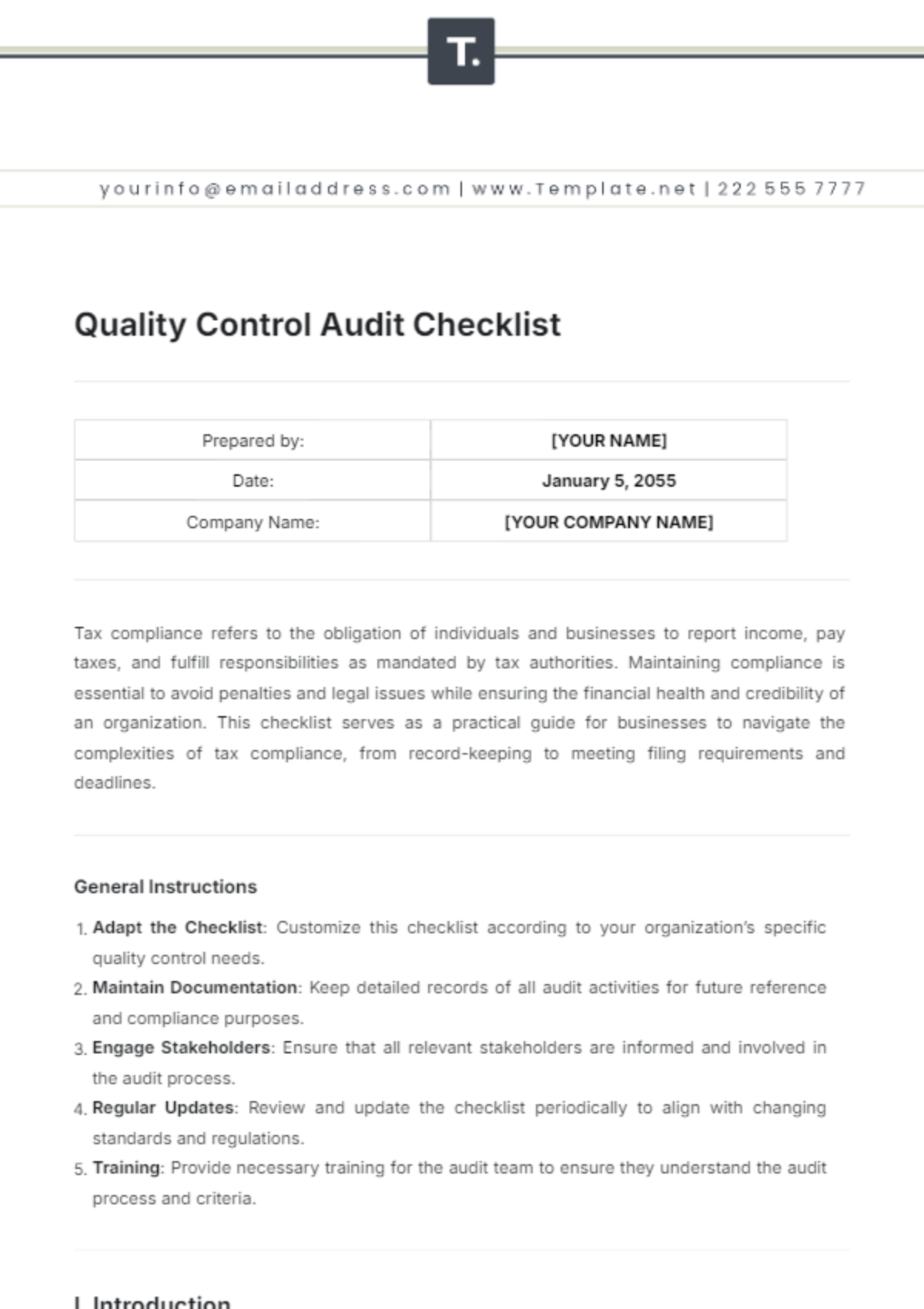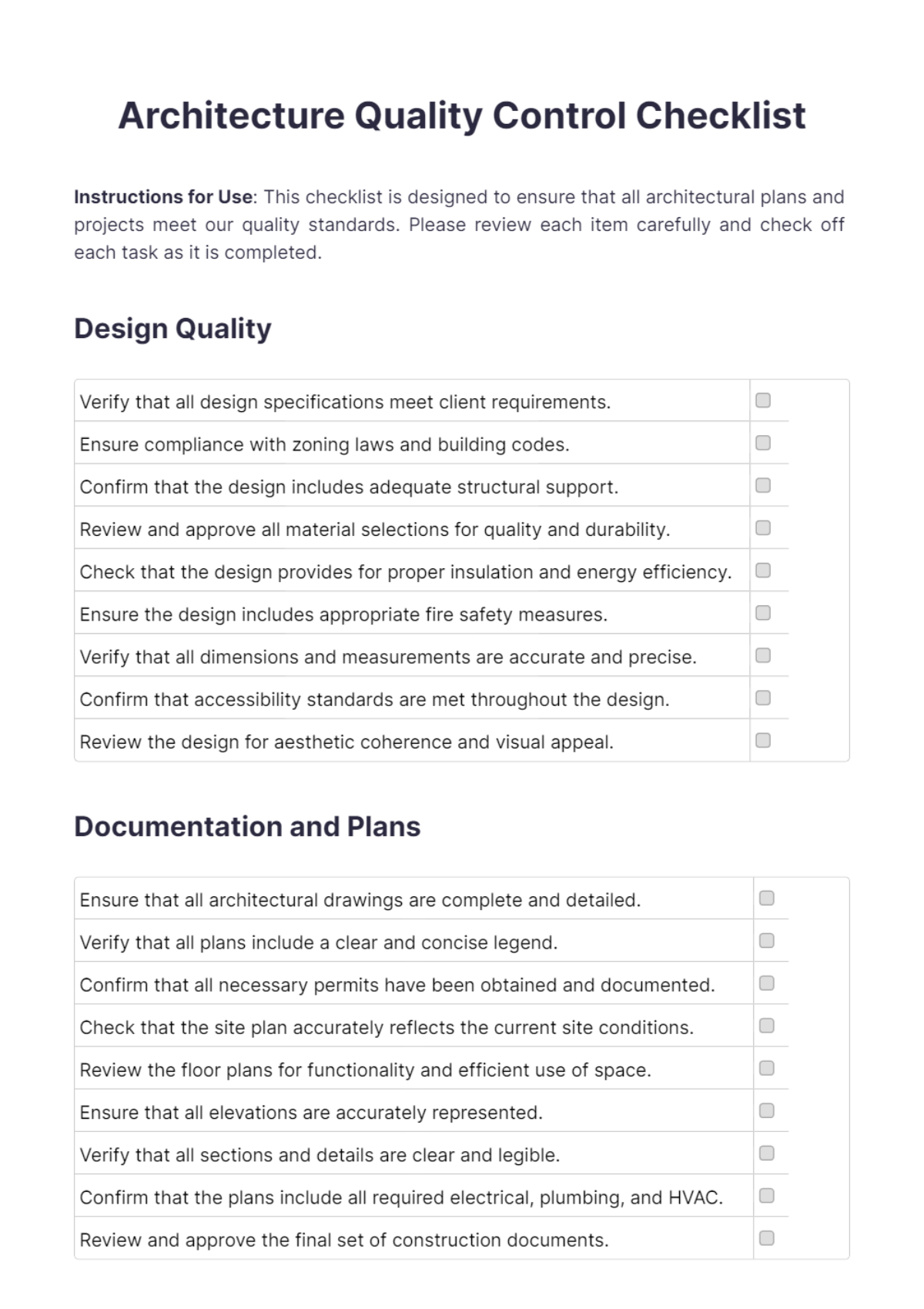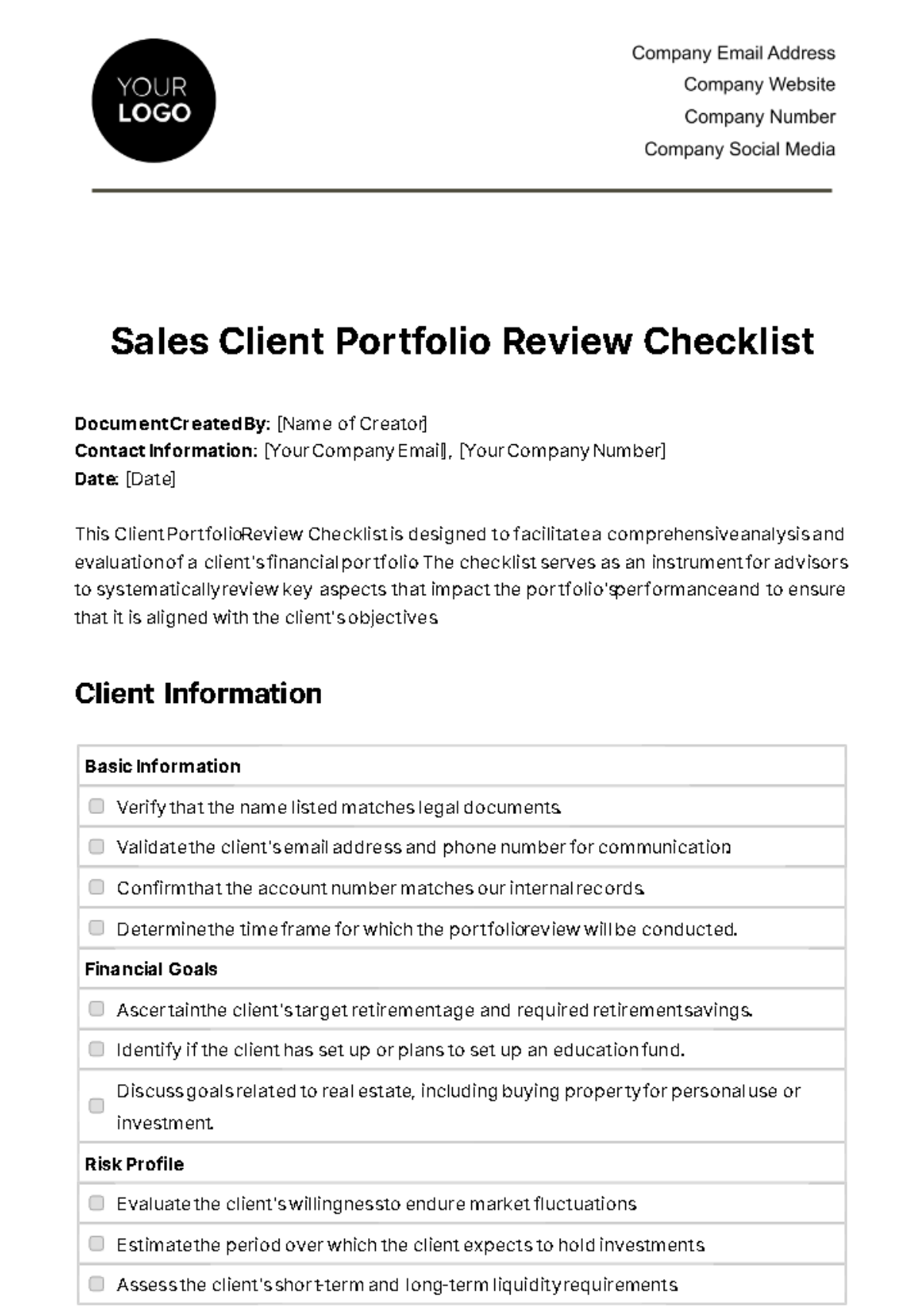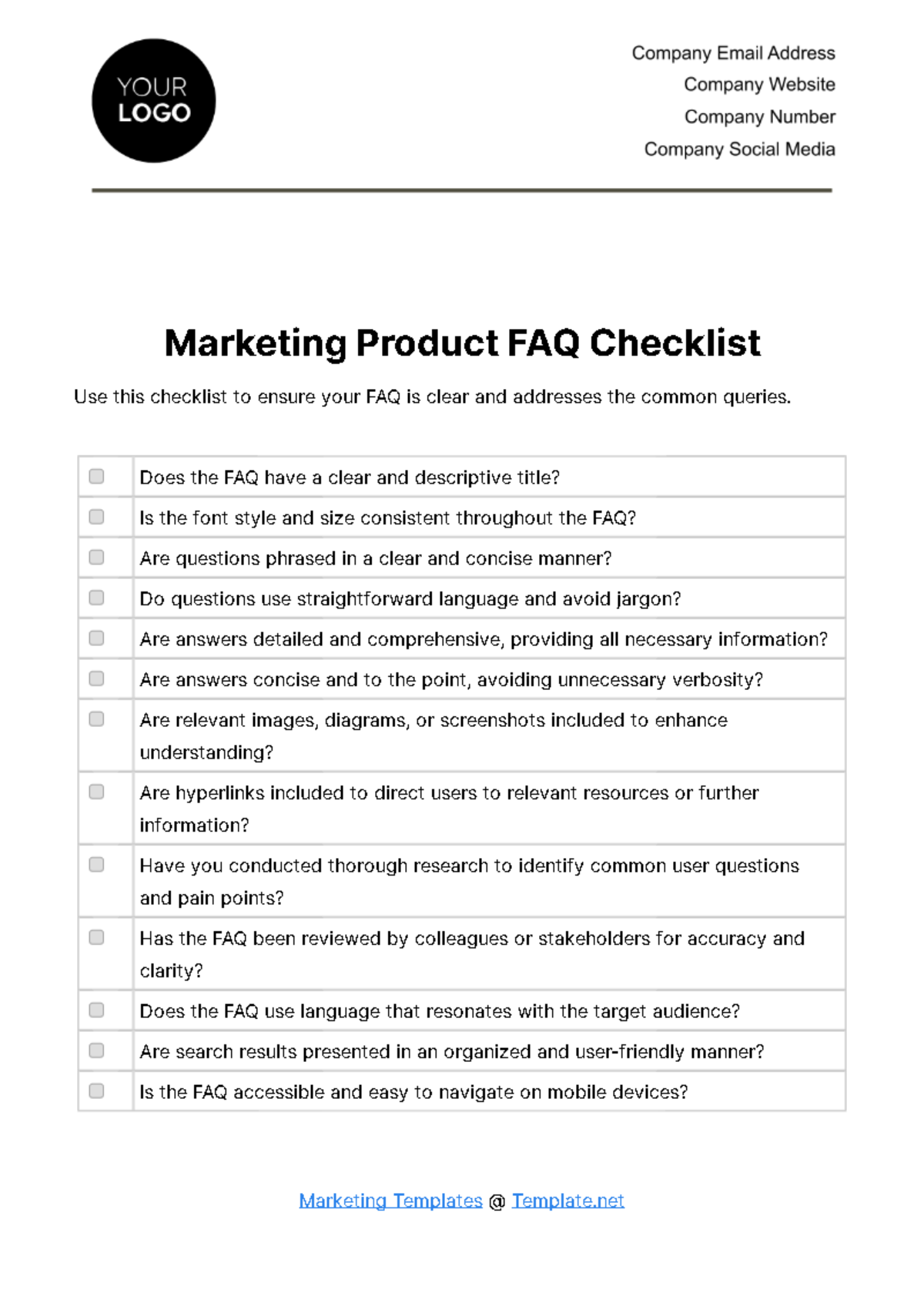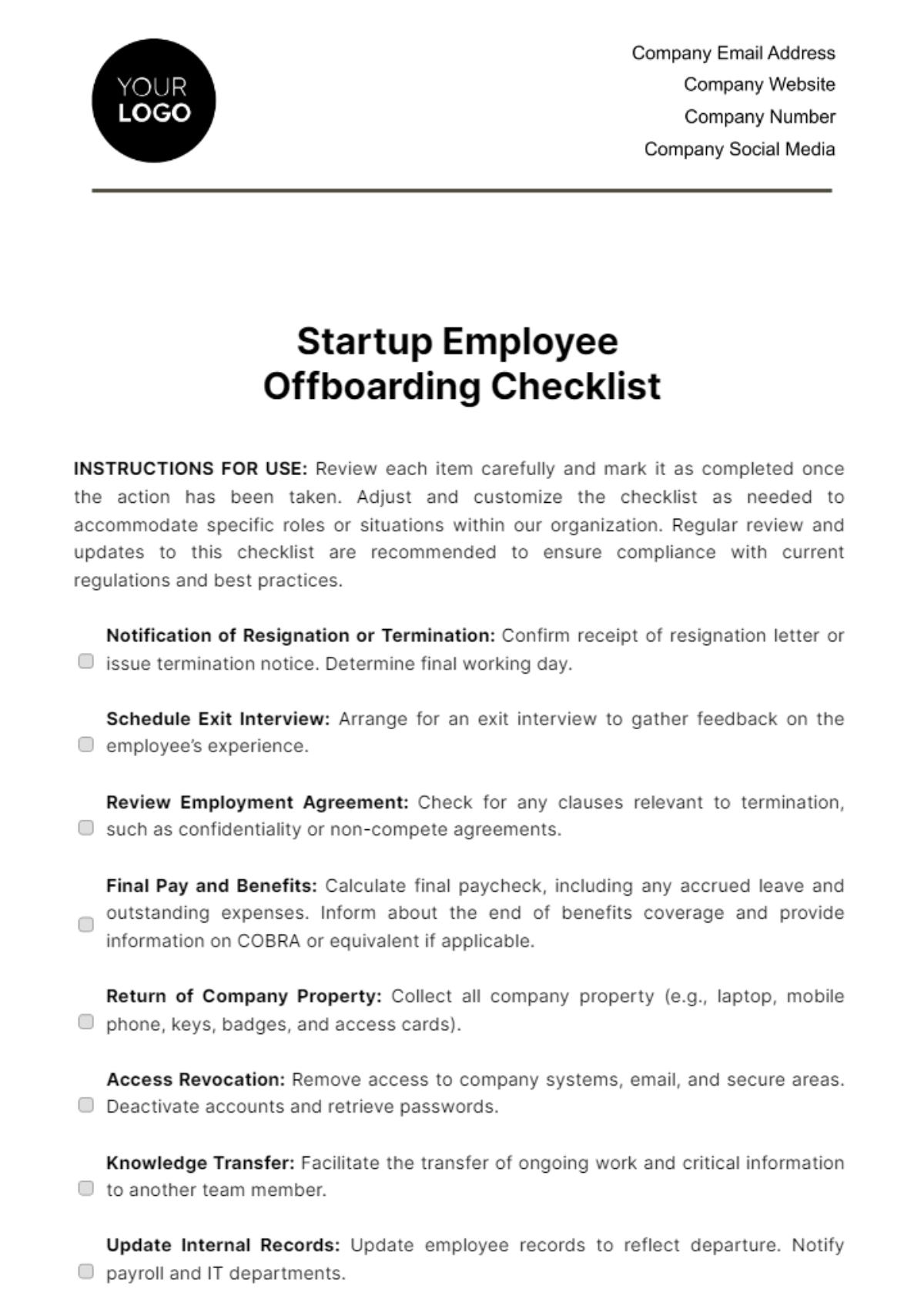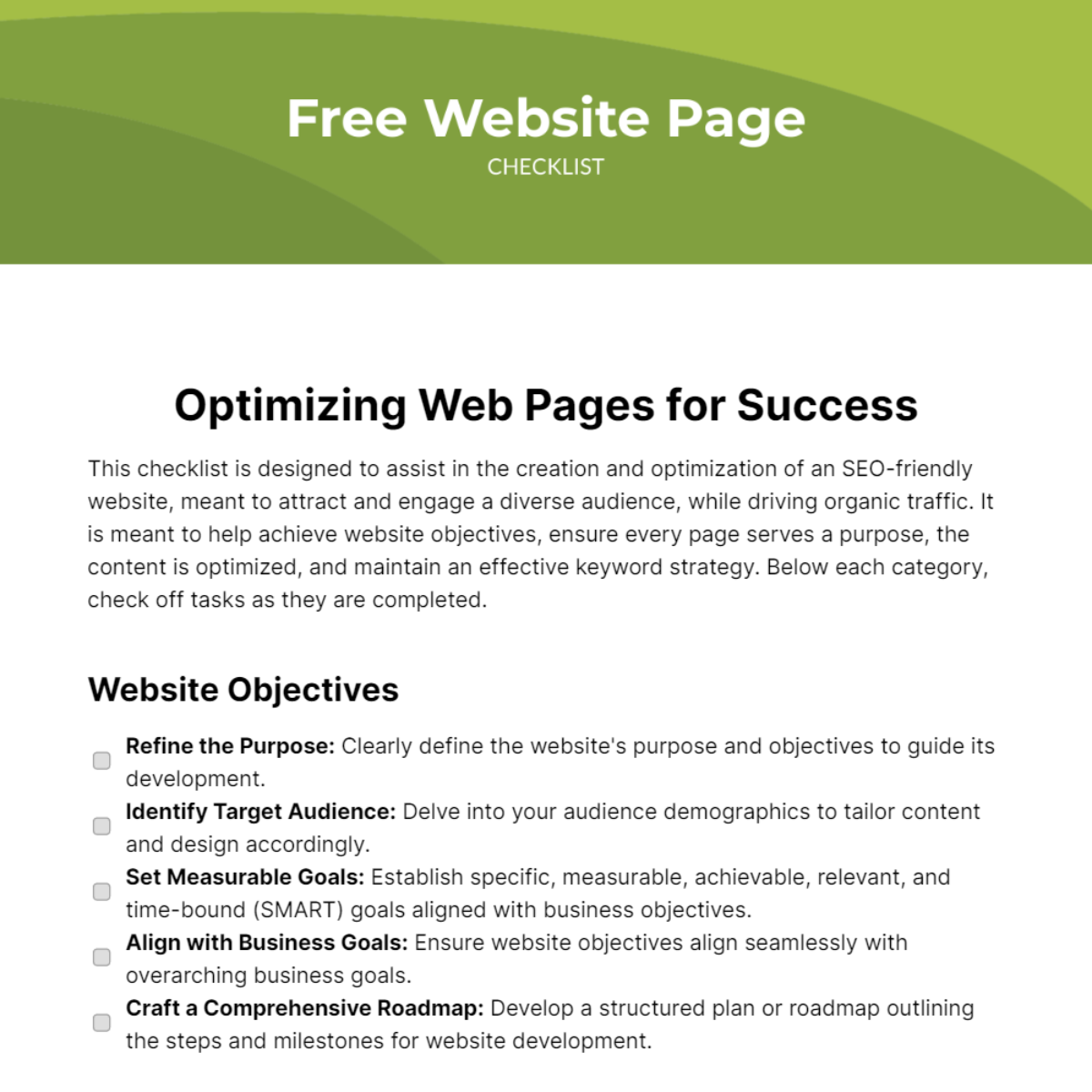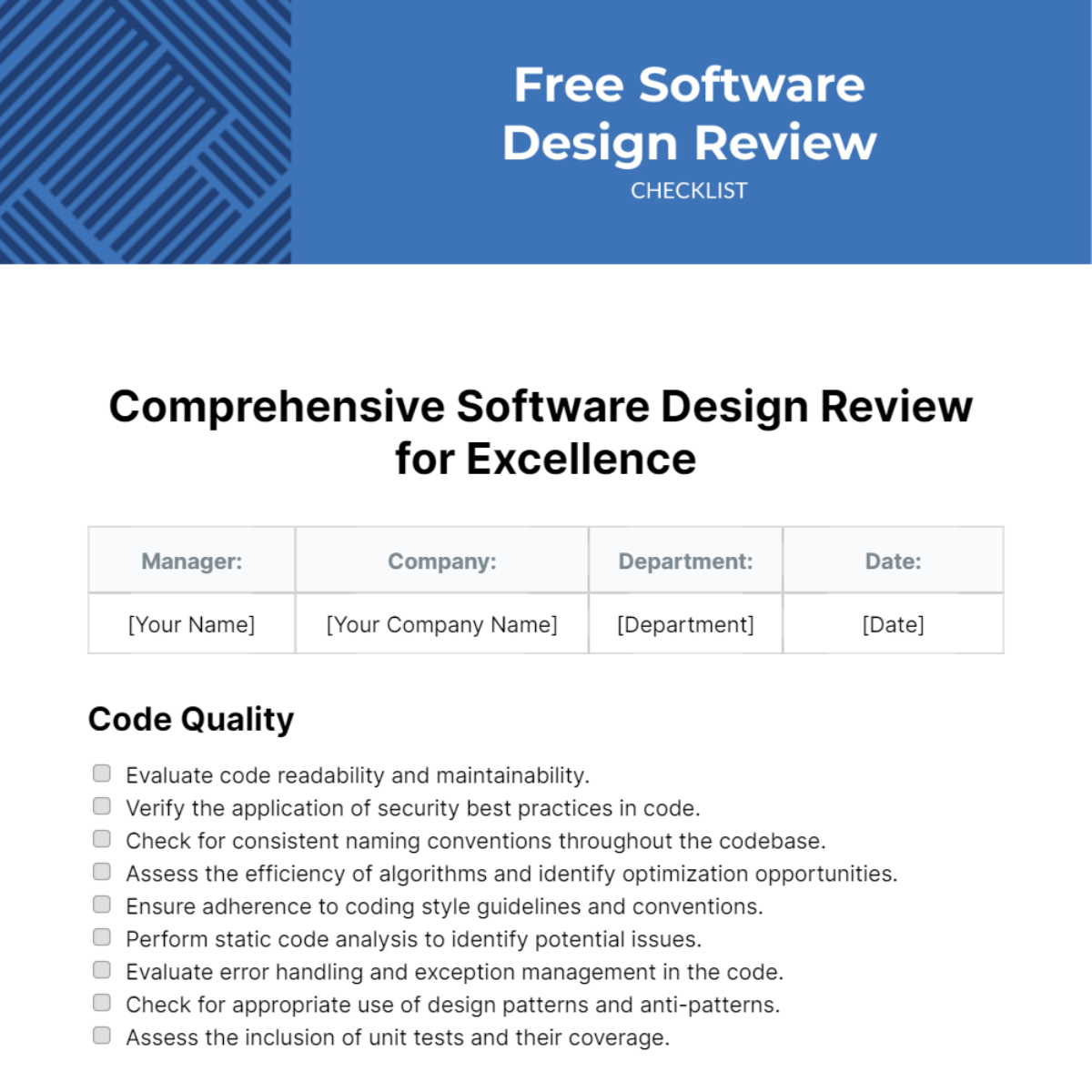Free Quality Assurance Checklist for Websites Template
Quality Assurance Checklist for Websites
Before launching a website, it's essential to conduct thorough quality assurance (QA) testing to ensure that the site functions correctly, delivers a smooth user experience, and meets all necessary standards. This checklist serves as a guide to help QA teams and developers review crucial aspects such as functionality, performance, security, and accessibility, ensuring a high-quality final product.
1. Functionality Testing
All links (internal and external) work correctly.
Forms (e.g., contact, signup) submit data as expected.
Error messages are displayed correctly for invalid inputs.
File uploads (if applicable) function correctly.
Buttons, sliders, and other interactive elements function correctly.
2. Usability Testing
Navigation is intuitive and user-friendly.
Content is organized logically.
Fonts, colors, and styles are consistent throughout the site.
Alt text is provided for images.
Clear calls to action are visible and interesting.
3. Compatibility Testing
The website functions correctly on major browsers (Chrome, Firefox, Safari, Edge).
Mobile responsiveness is tested on various devices and screen sizes.
The website functions properly on tablets and smartphones.
No layout issues on different browsers.
4. Performance Testing
The page loads in under 3 seconds, which is acceptable.
The website performs well under load (using tools like LoadRunner or JMeter).
Images and videos are optimized for fast loading.
Caching is implemented correctly (if applicable).
5. Security Testing
SSL certificate is installed and valid.
Passwords and payment details are secured by encryption.
No broken links to external resources that could pose security risks.
Security headers like Content Security Policy and X-Frame-Options are correctly set.
6. Content Testing
All text is free from spelling and grammatical errors.
Content is relevant, accurate, and up to date.
Meta tags (title, description) are present and optimized for SEO.
Check for duplicate content.
7. Accessibility Testing
The website complies with WCAG (Web Content Accessibility Guidelines).
Screen reader compatibility is tested.
Keyboard navigation works without issues.
Sufficient contrast between text and background.
8. SEO Testing
Sitemap.xml is created and submitted to search engines.
Robots.txt file is correctly configured.
The URL format is optimized for SEO, avoiding lengthy query strings.
Alt tags for images are descriptive and keyword-optimized.
9. Backup and Recovery
Regular backups are scheduled and verified.
Recovery procedures are in place and tested.
10. Final Review
Confirm that all items on the checklist have been completed.
Get approval from stakeholders or project managers before launch.
